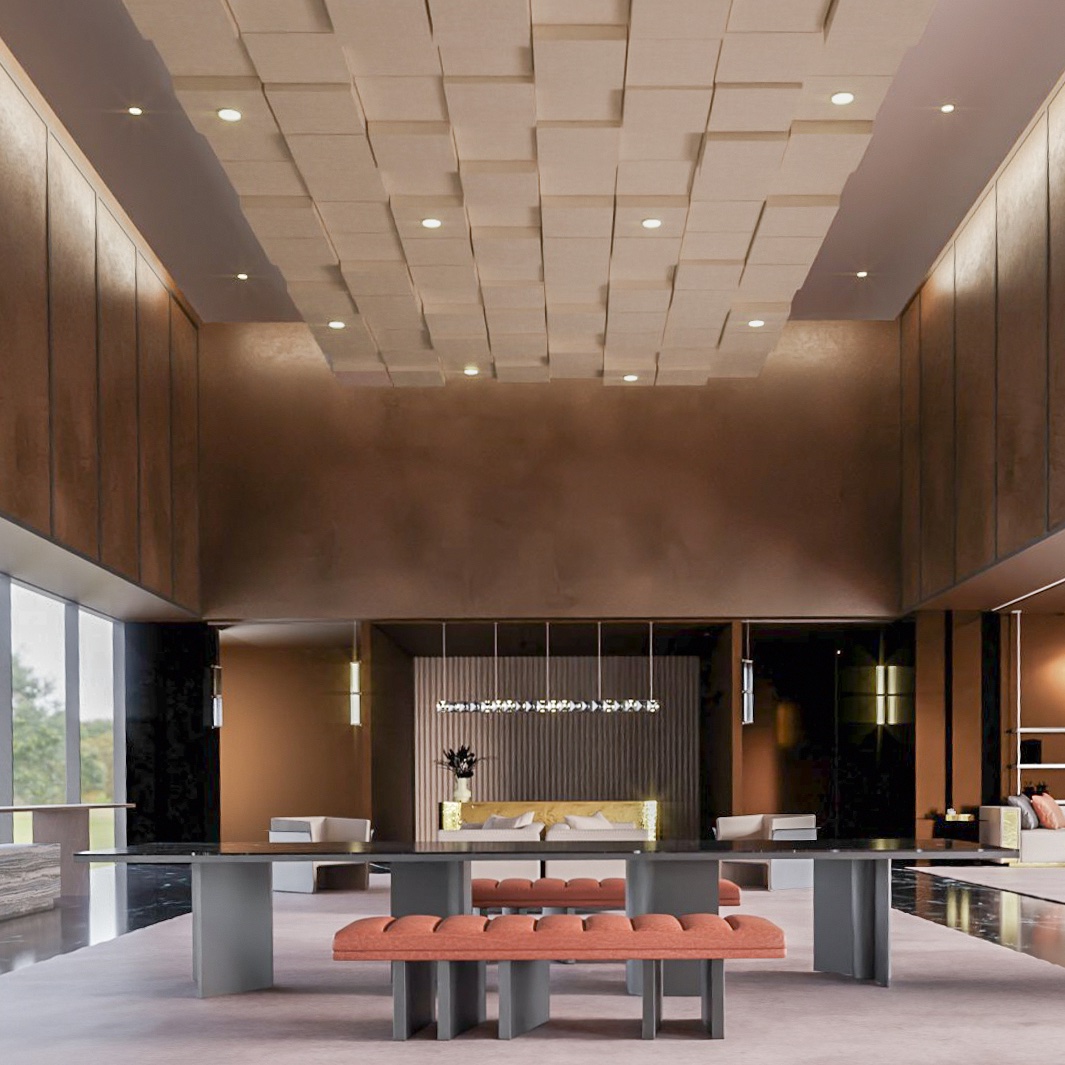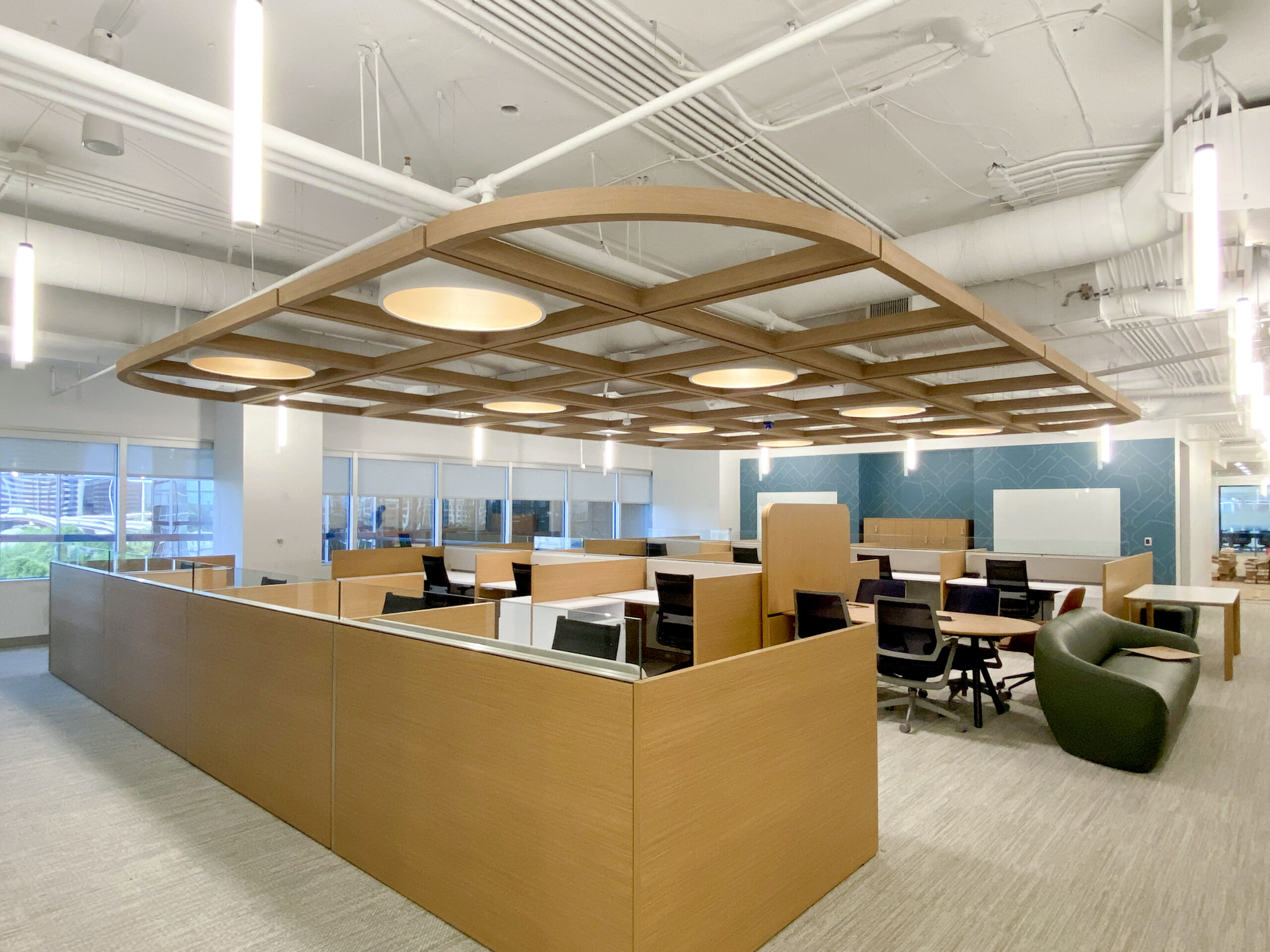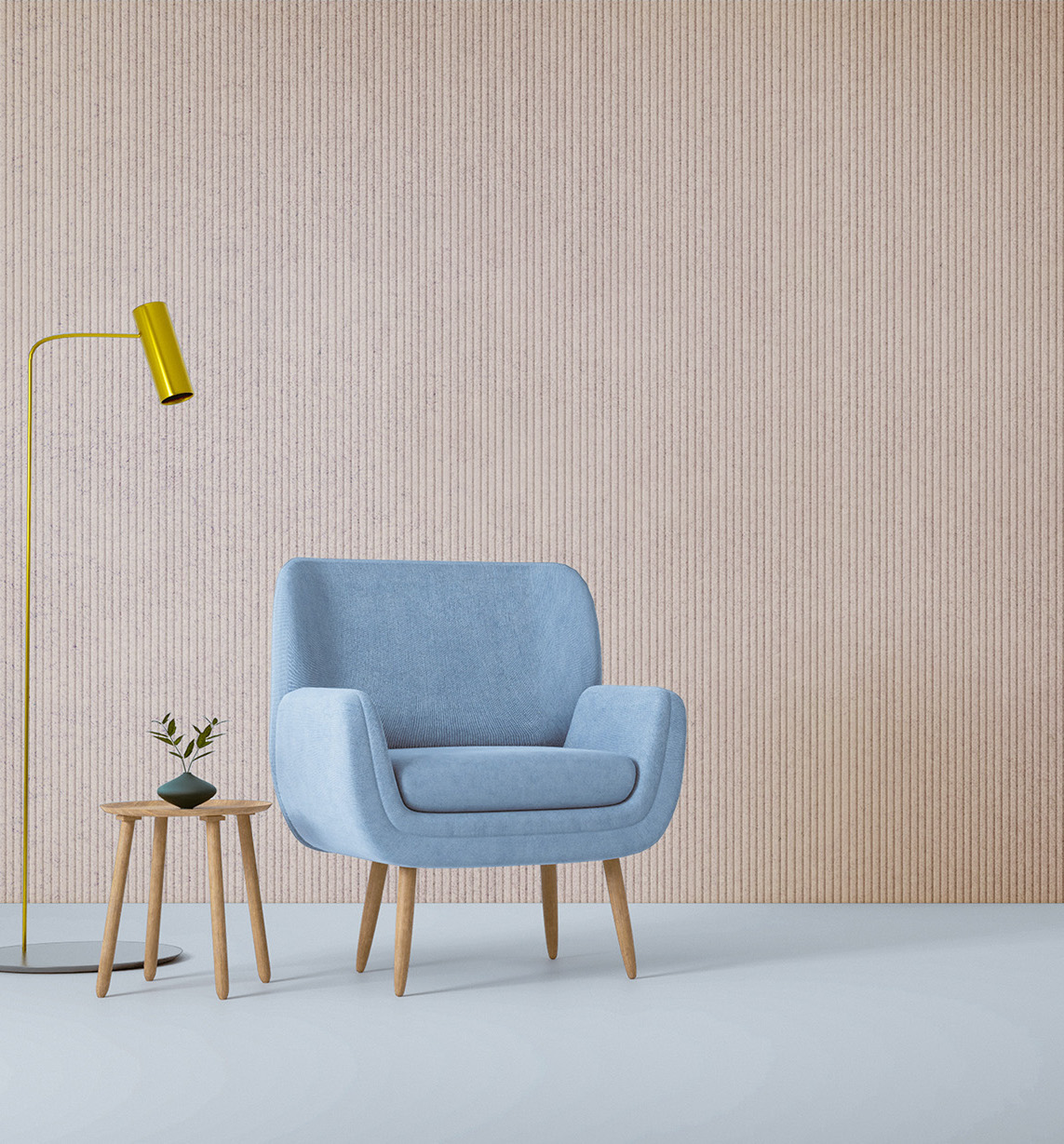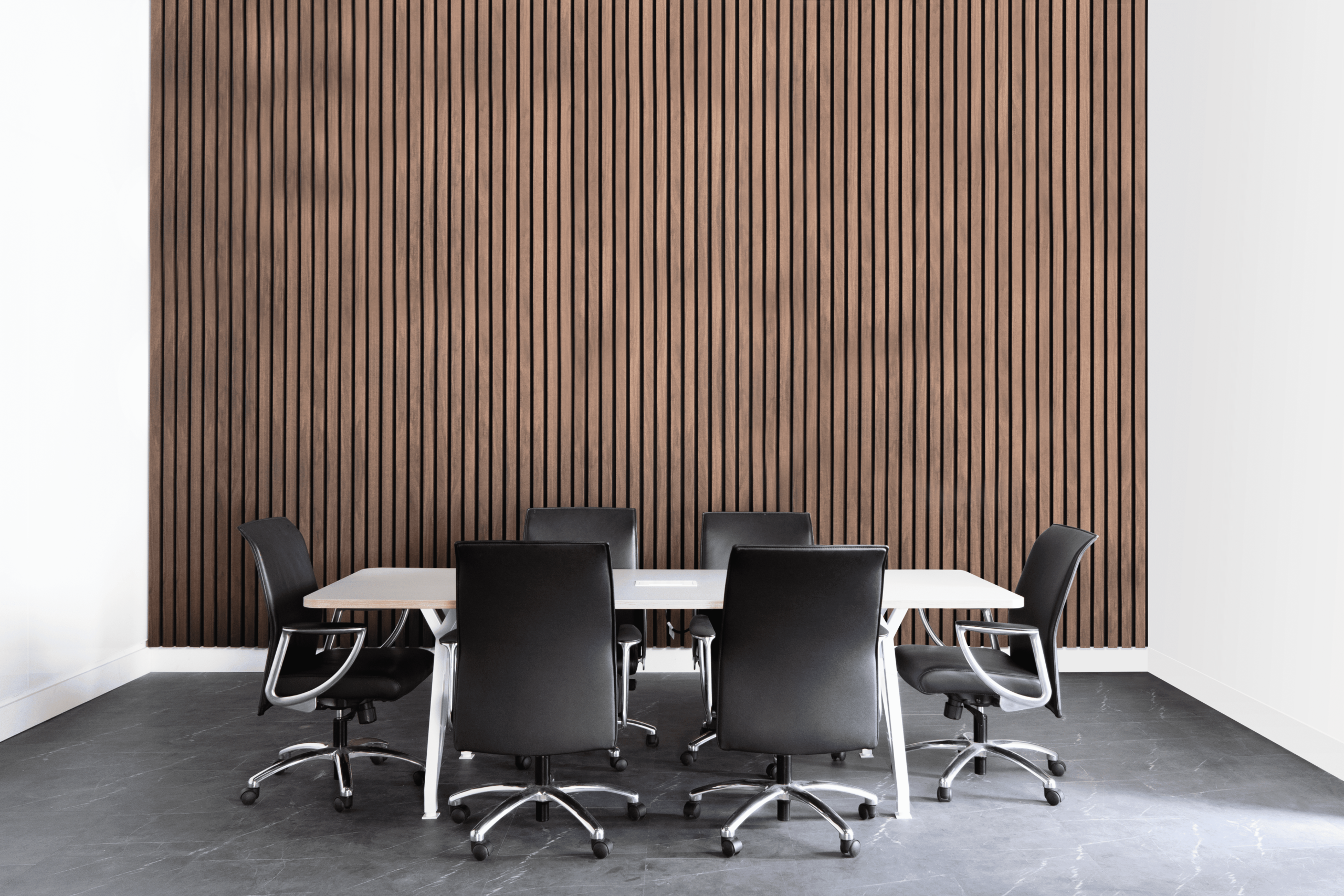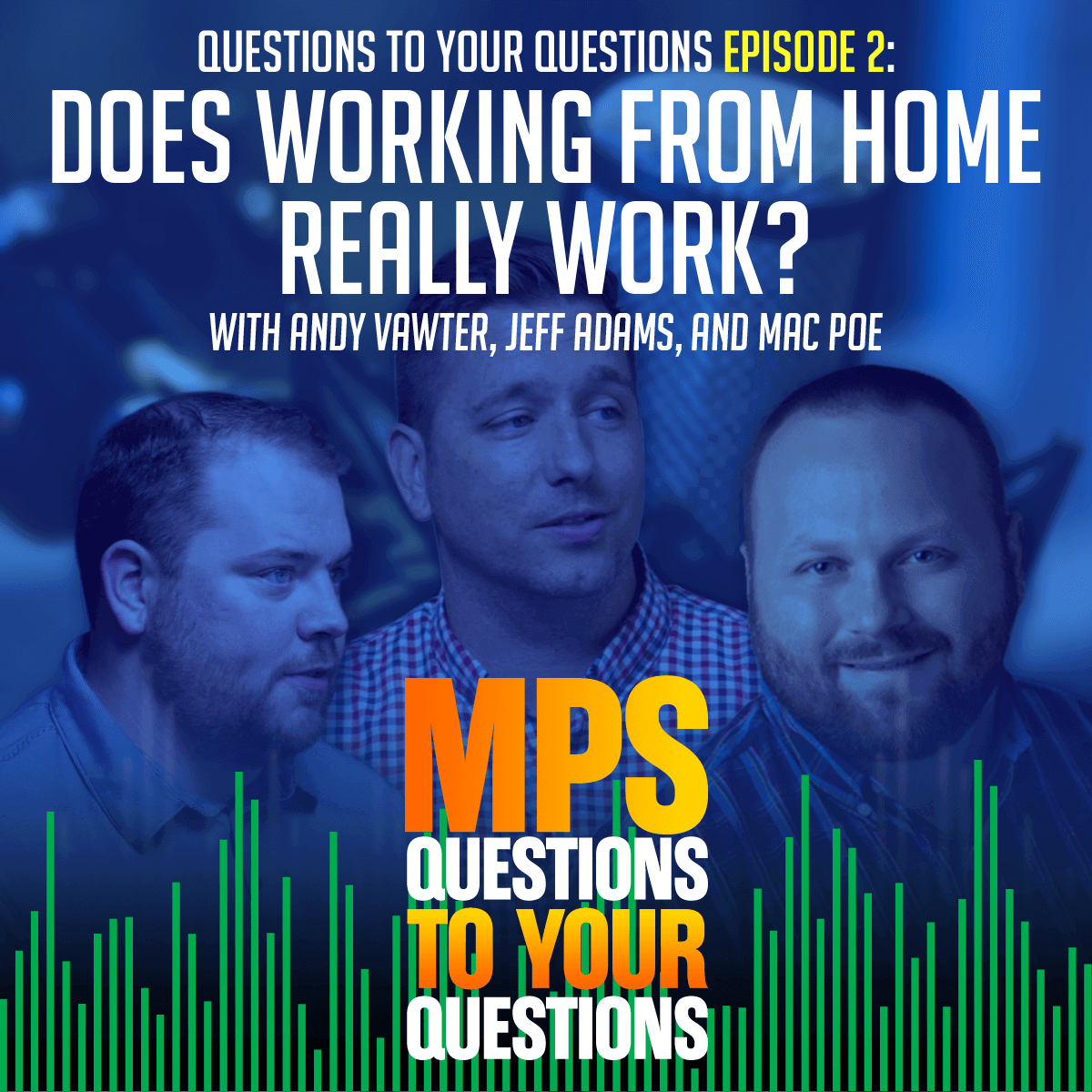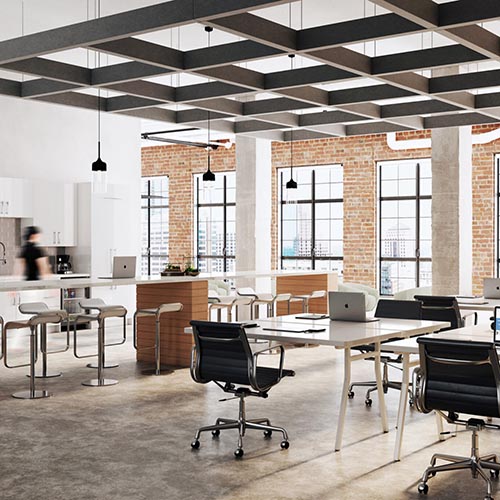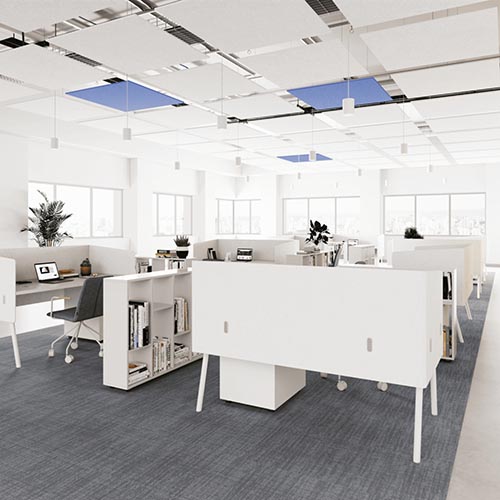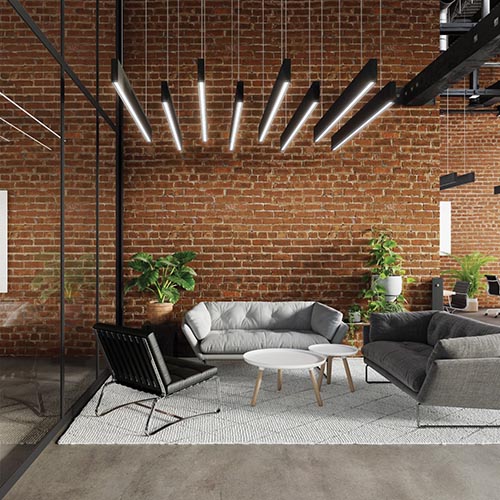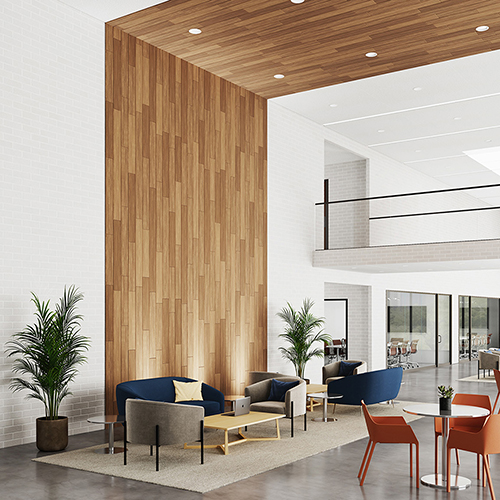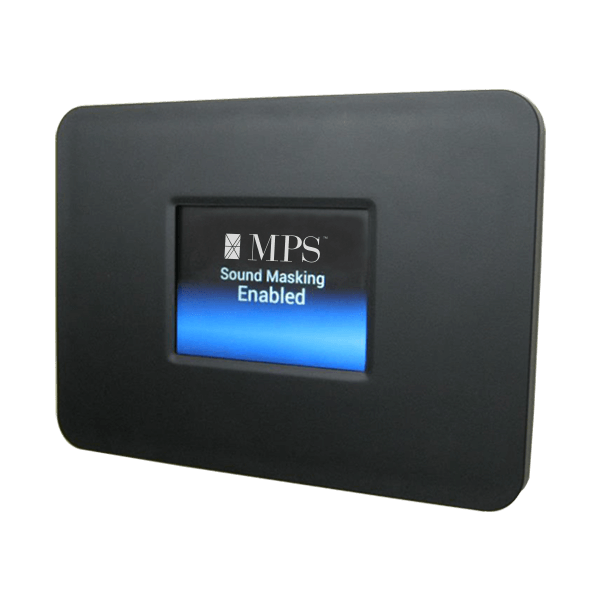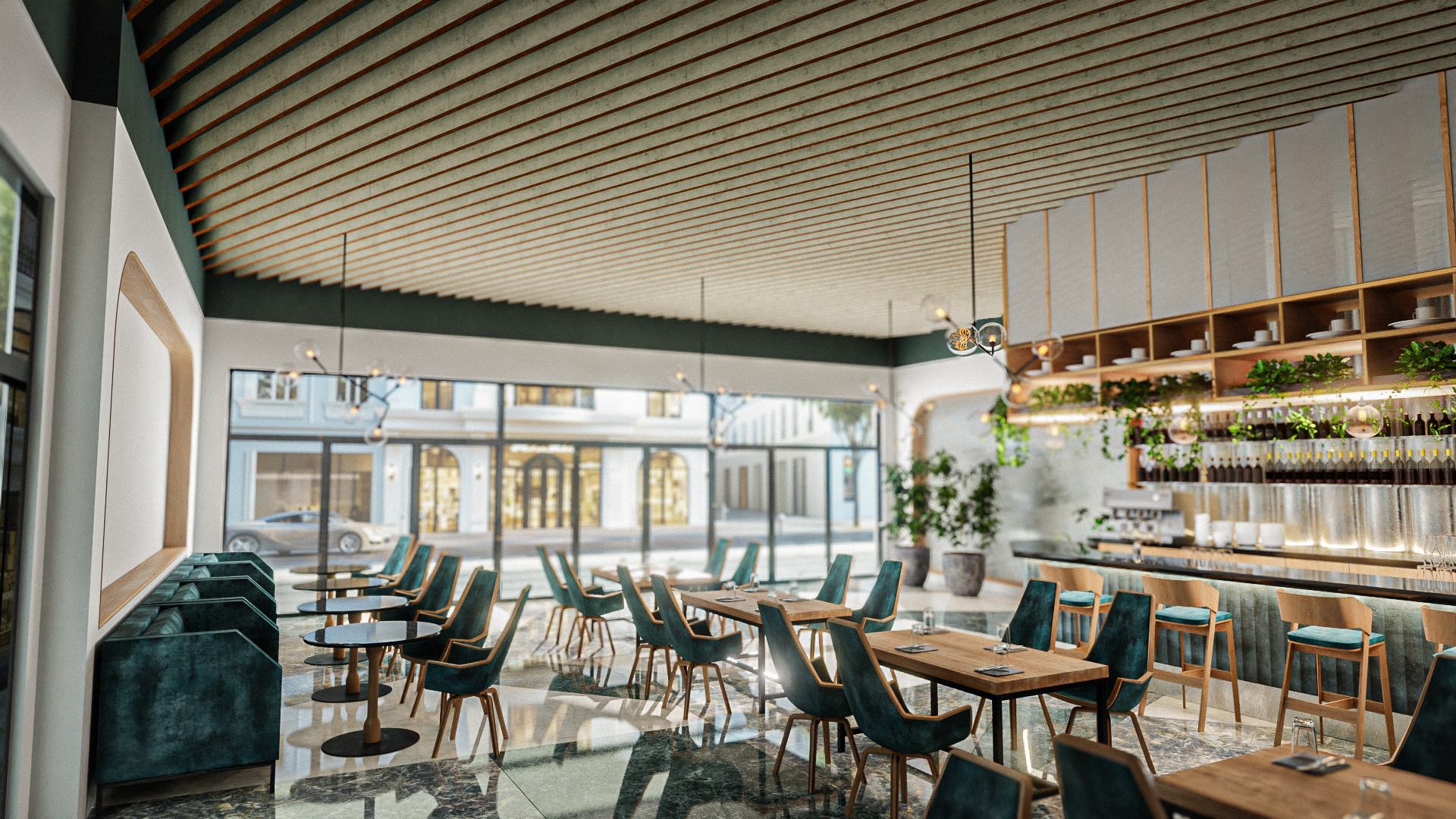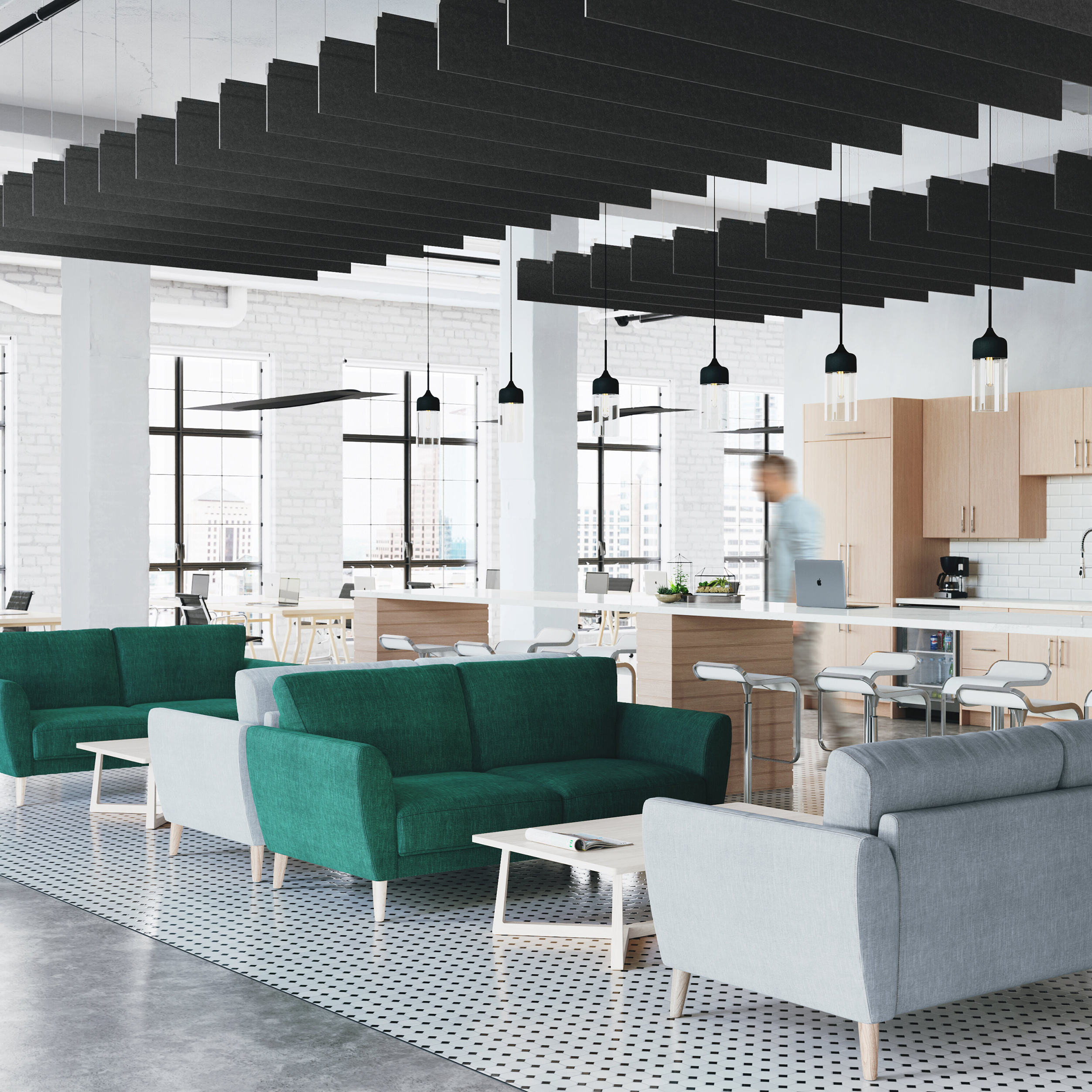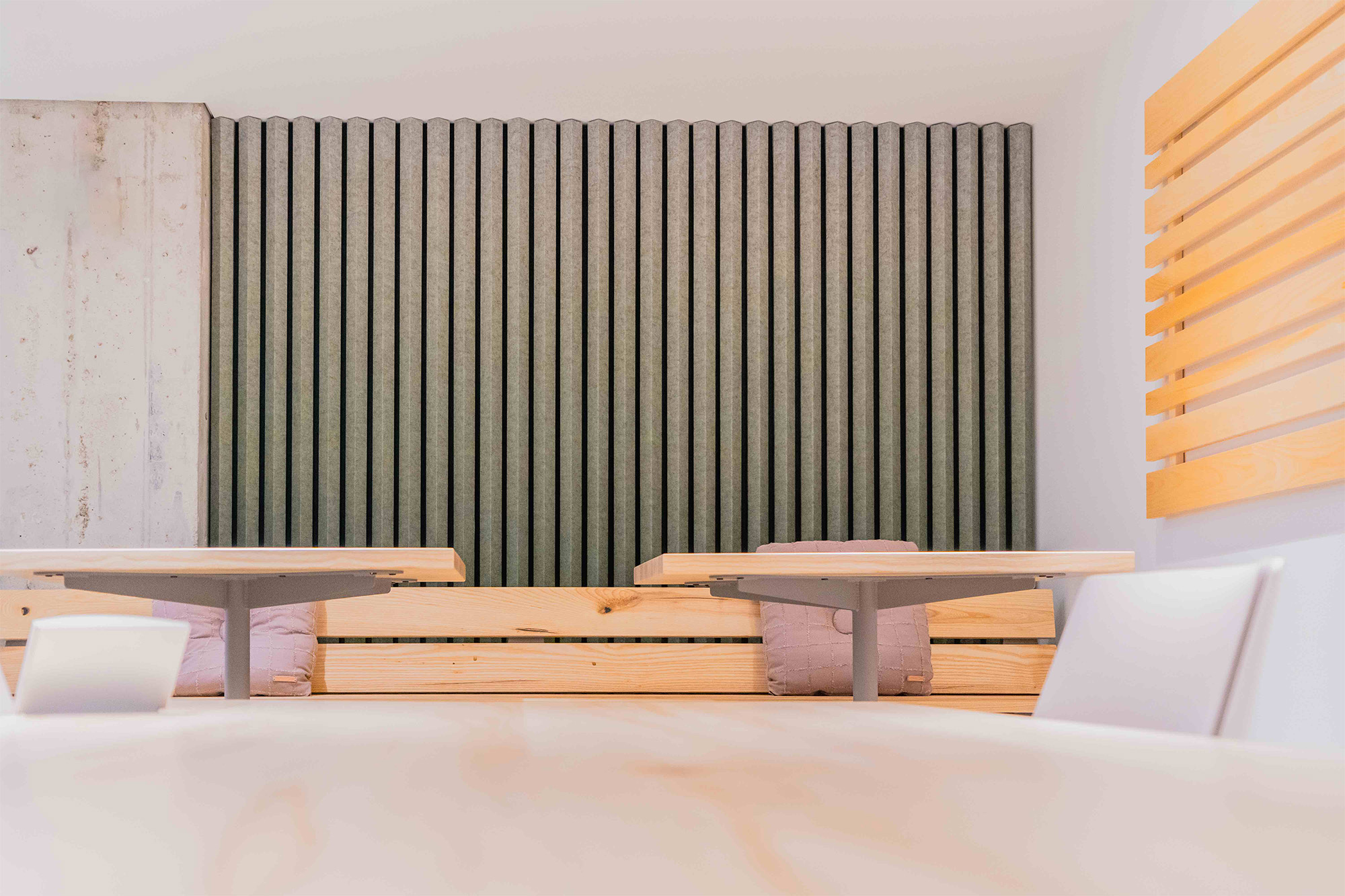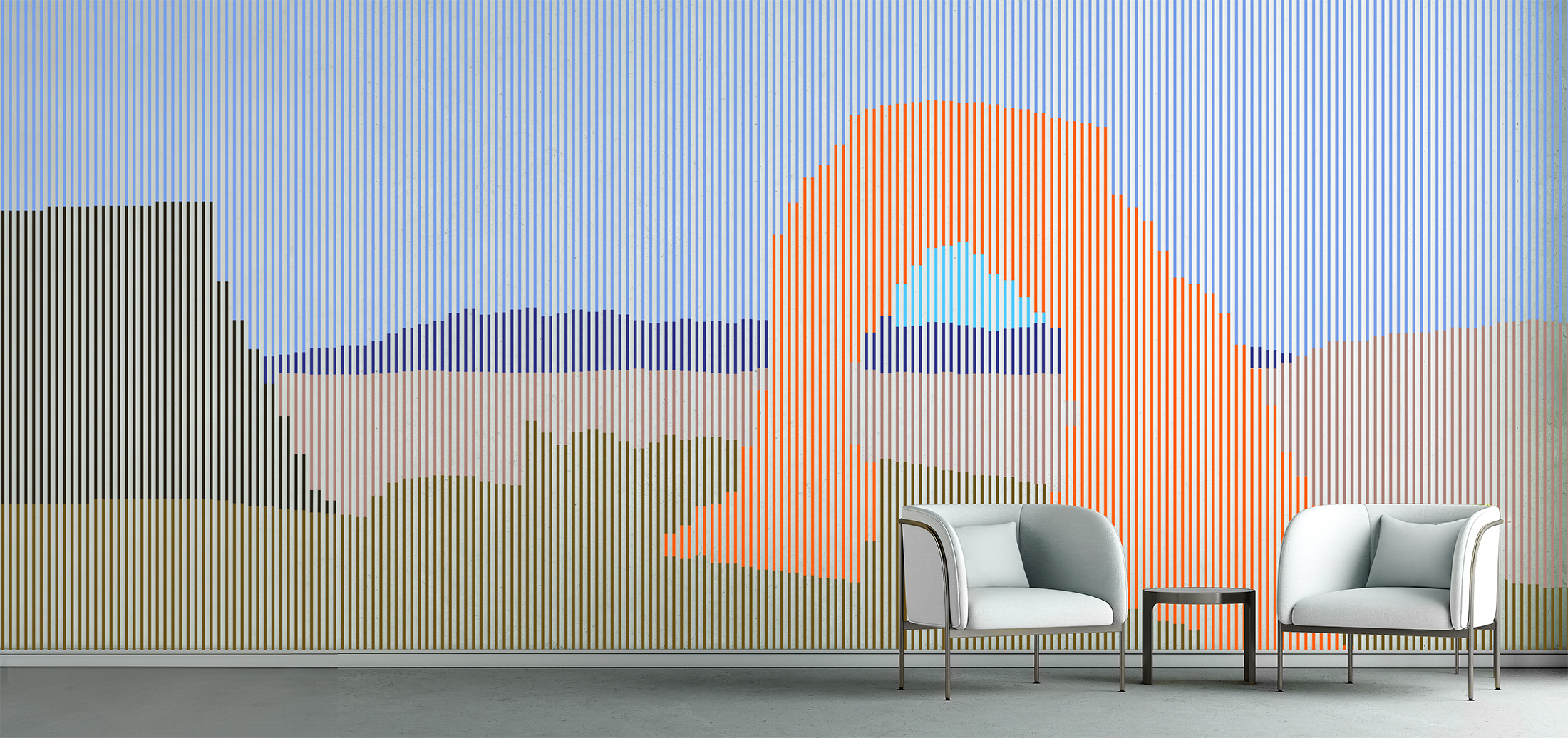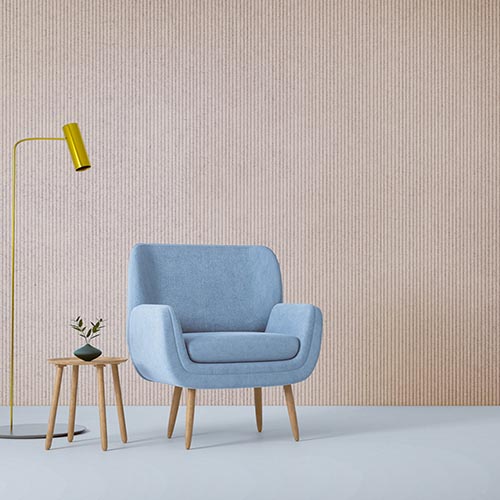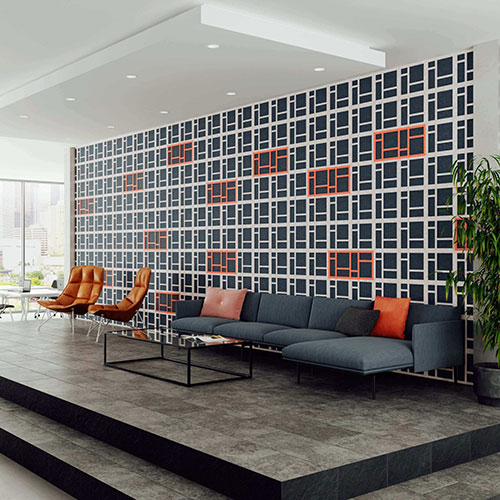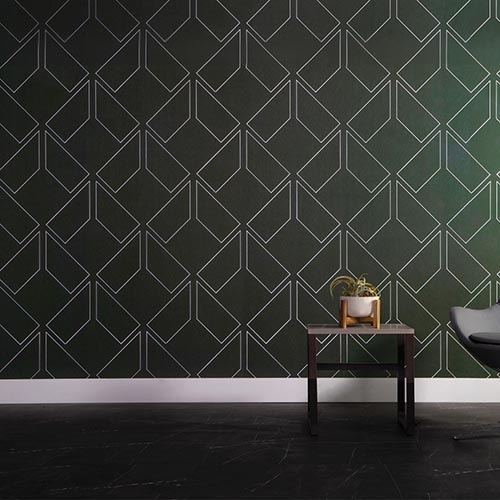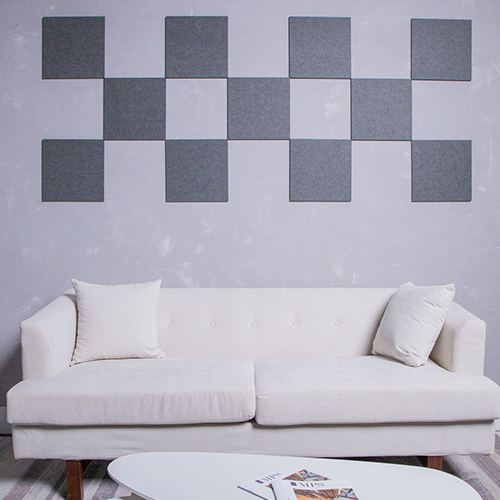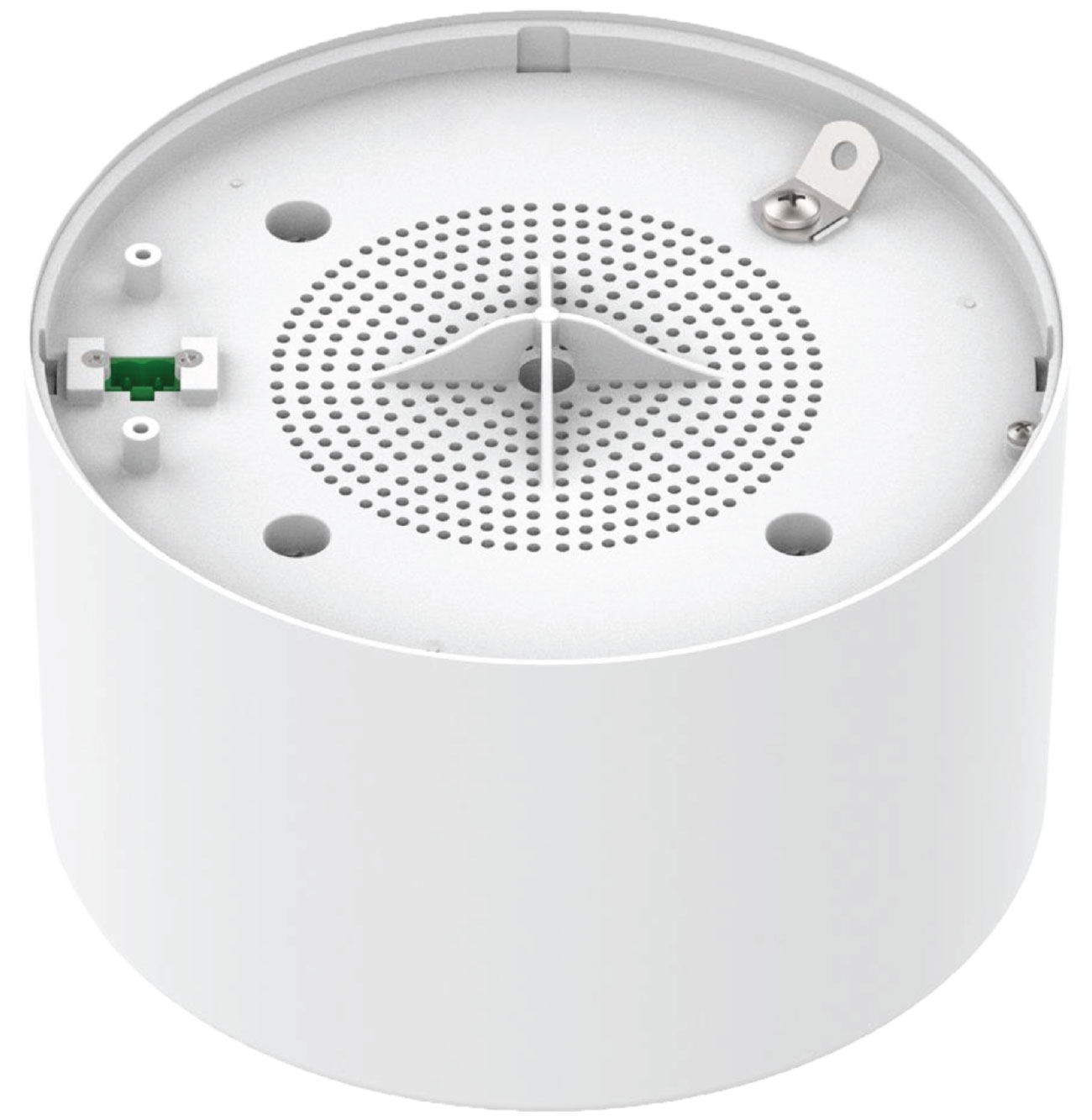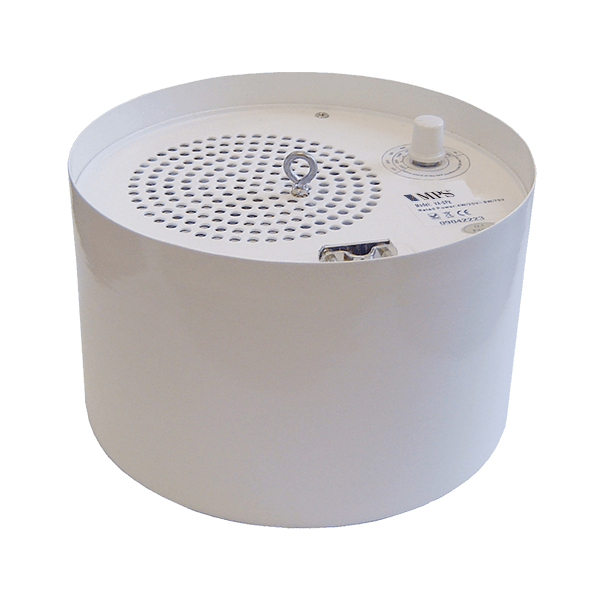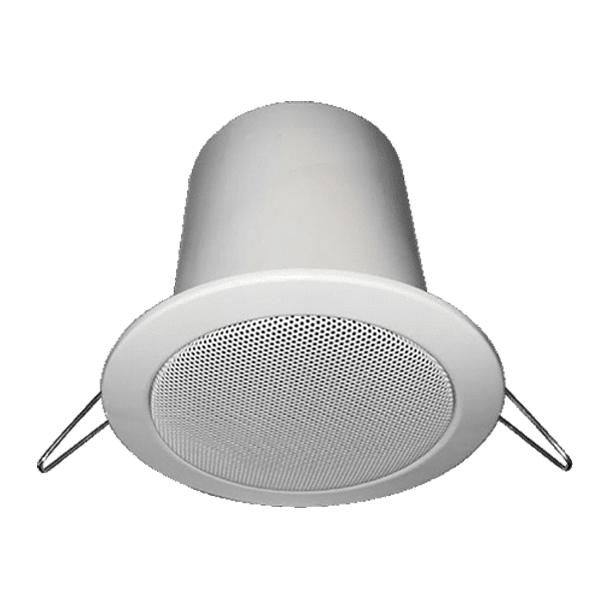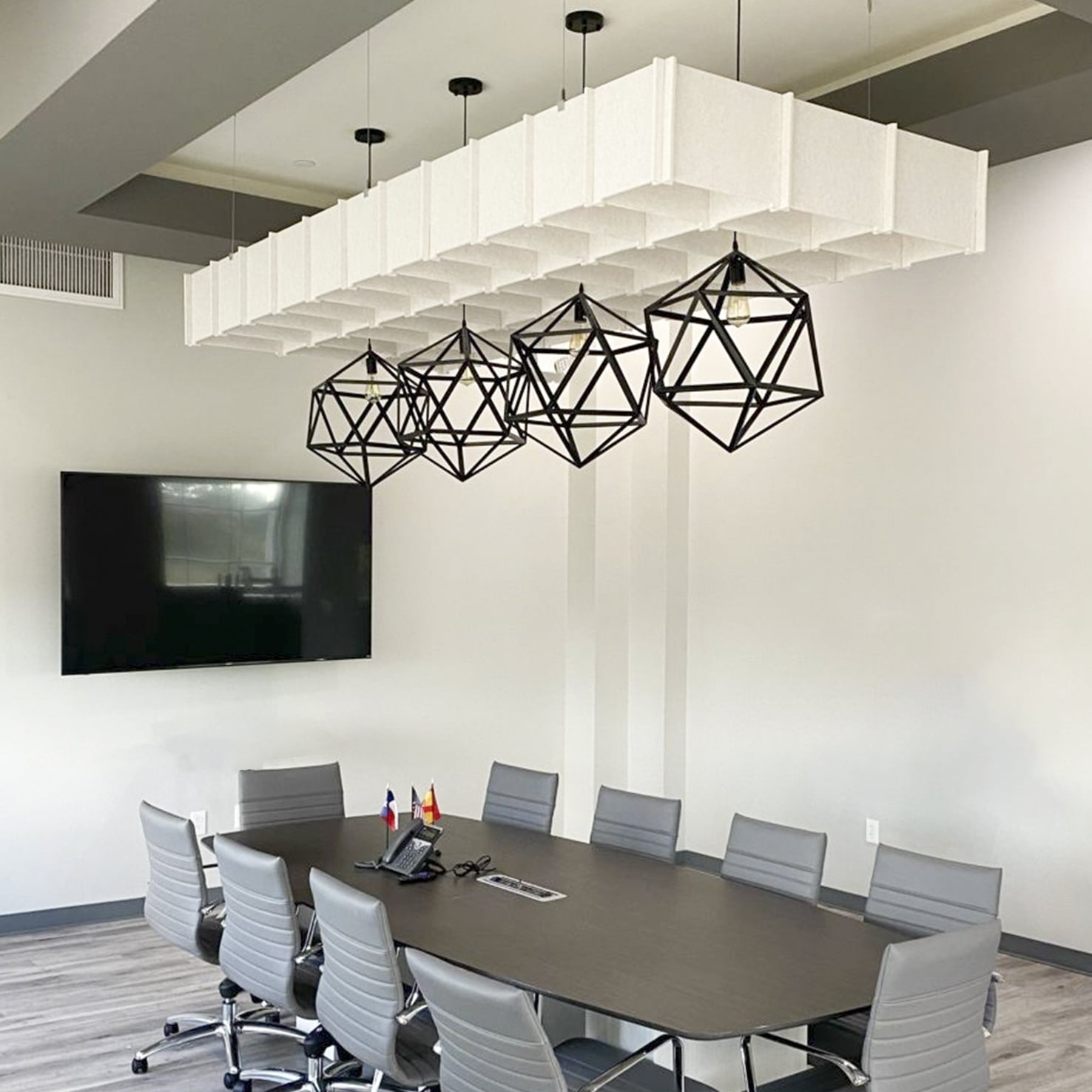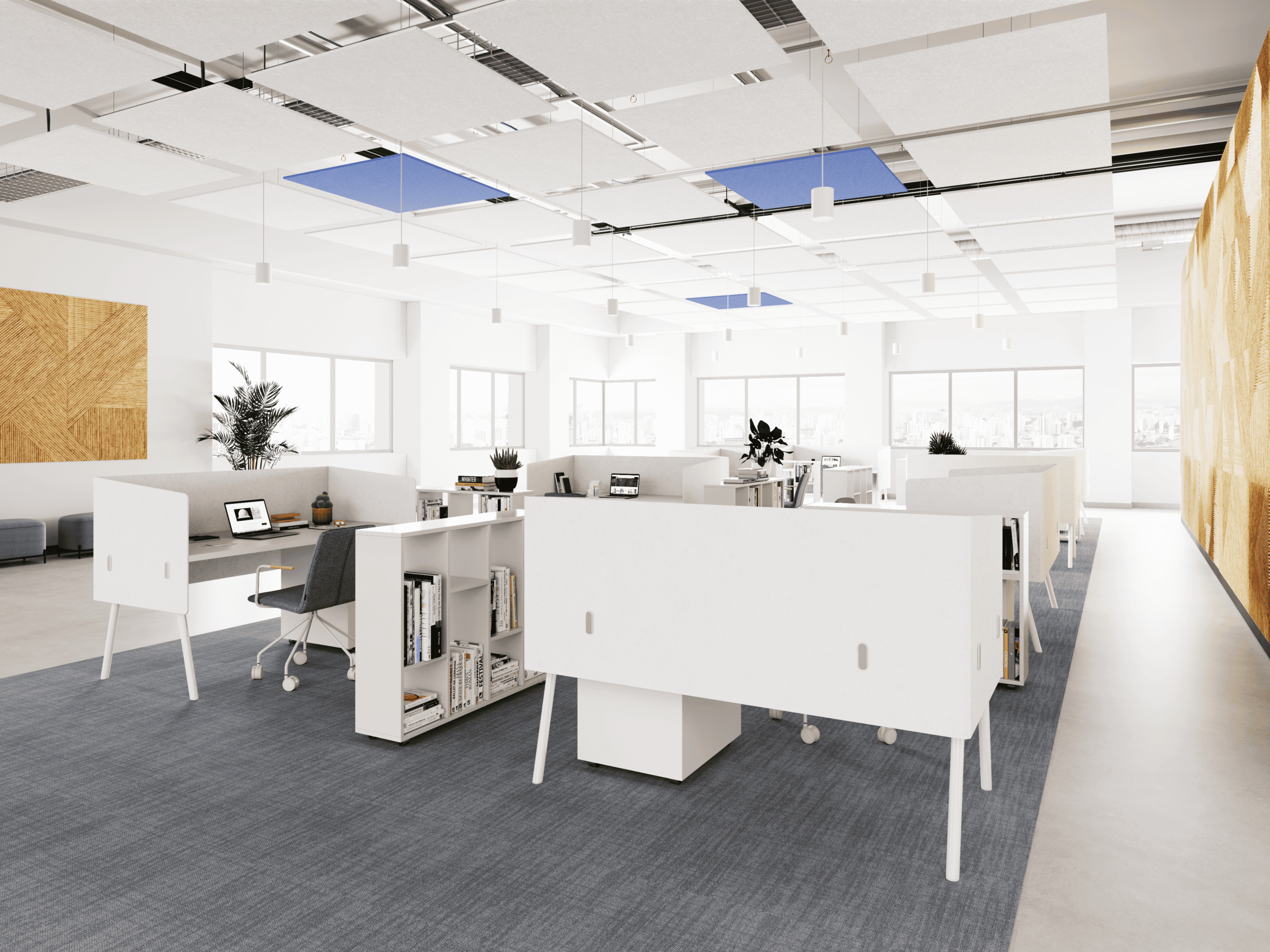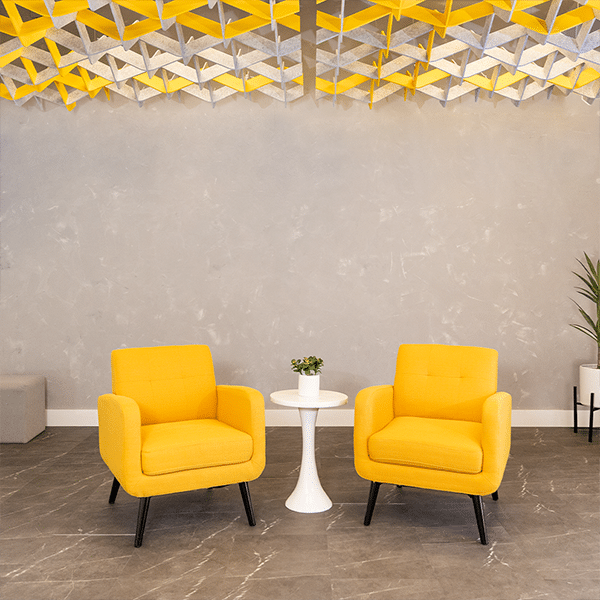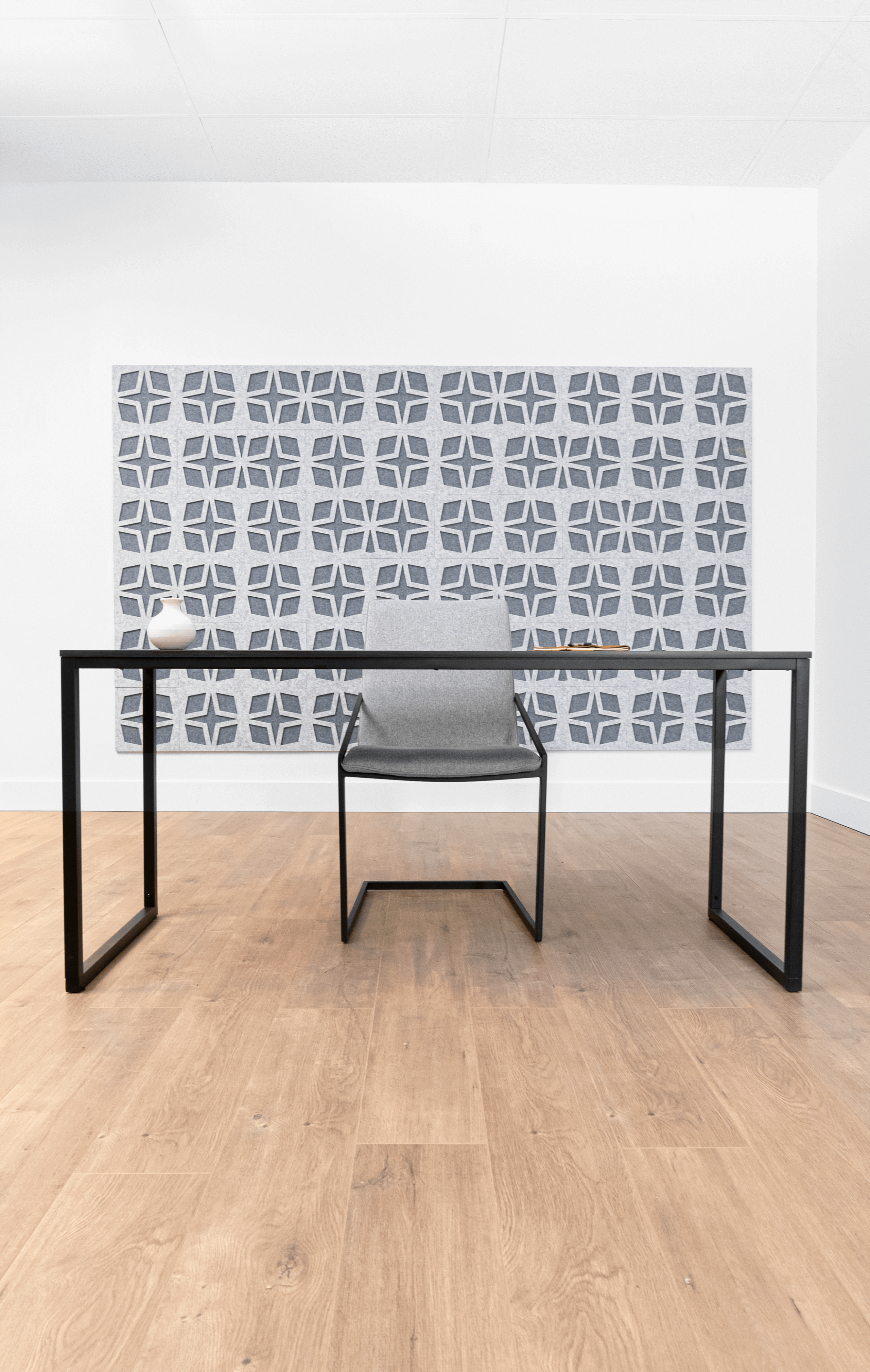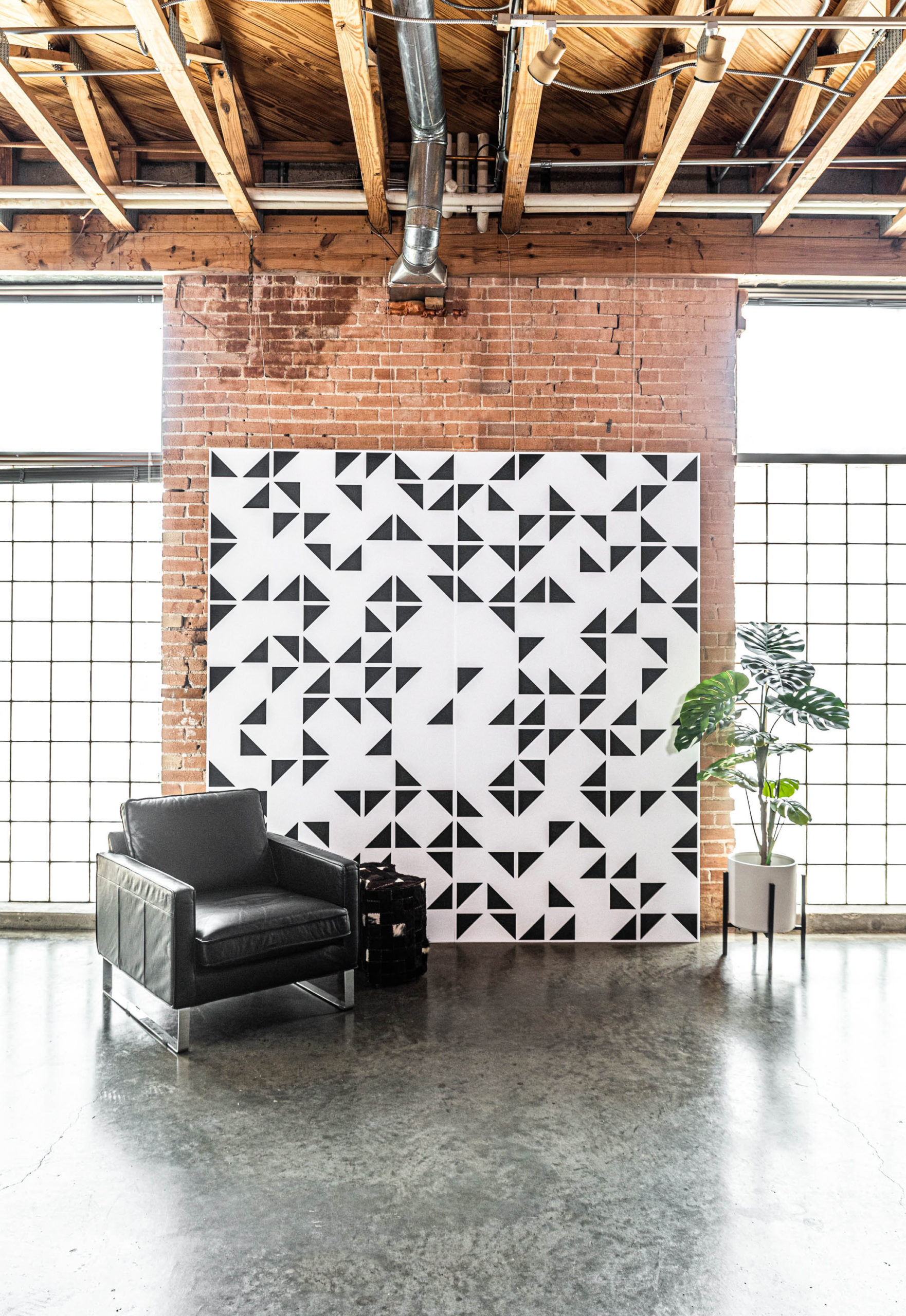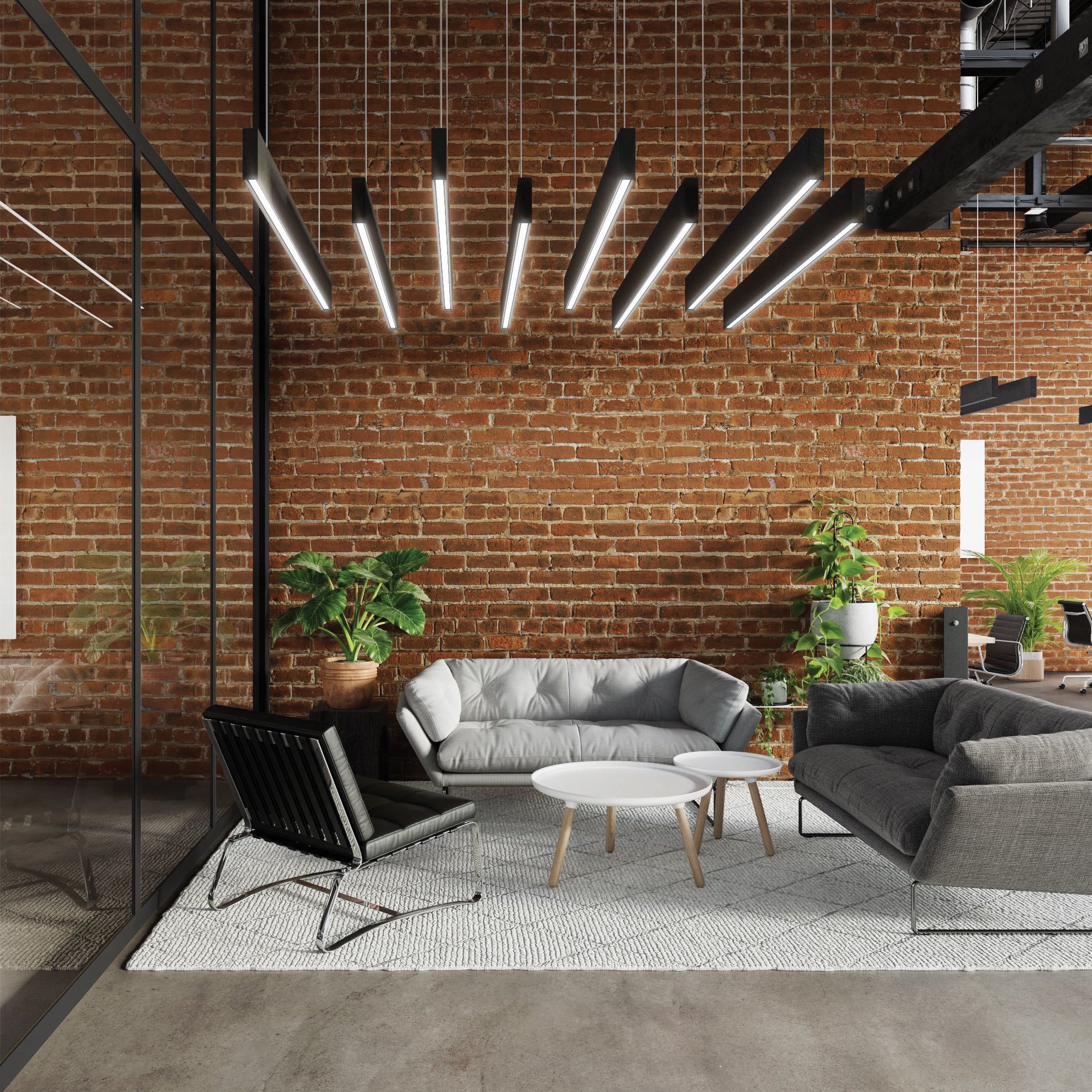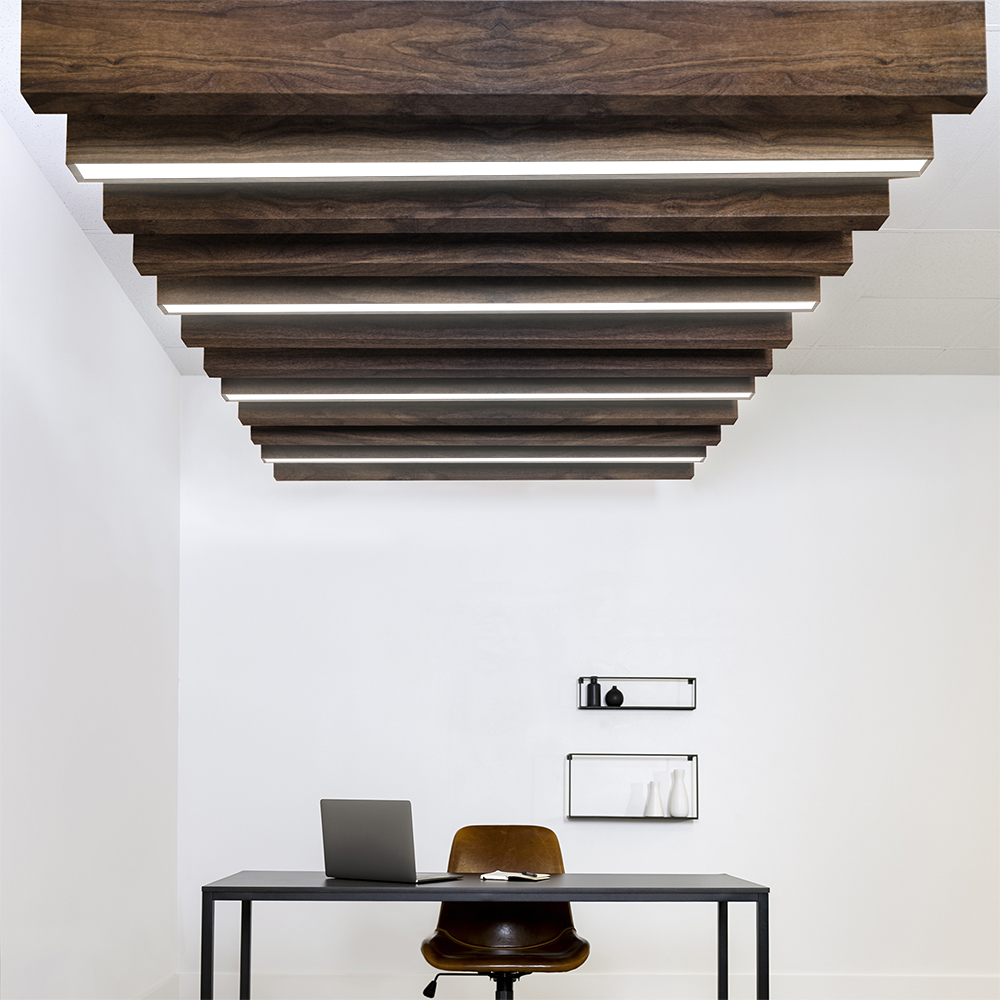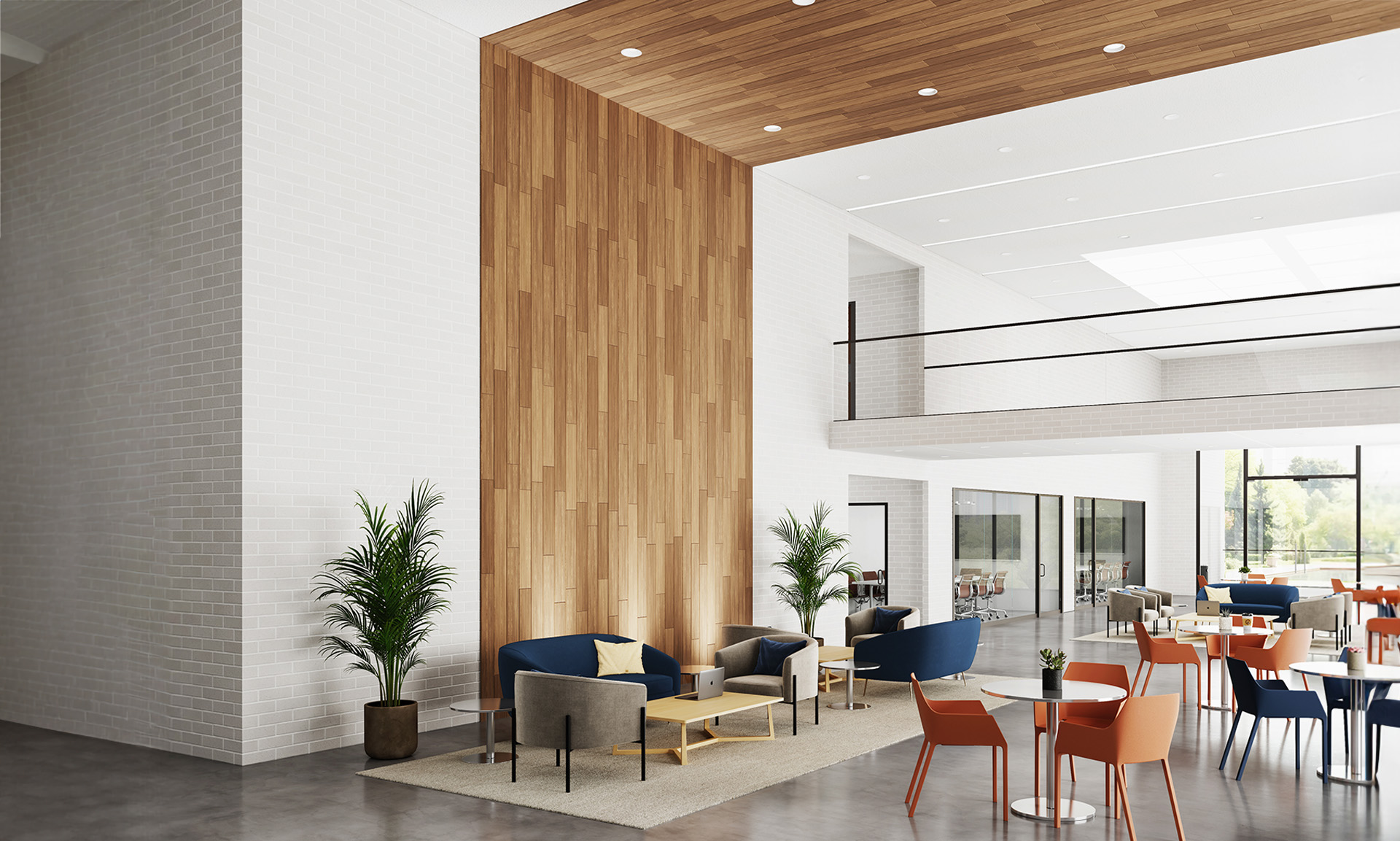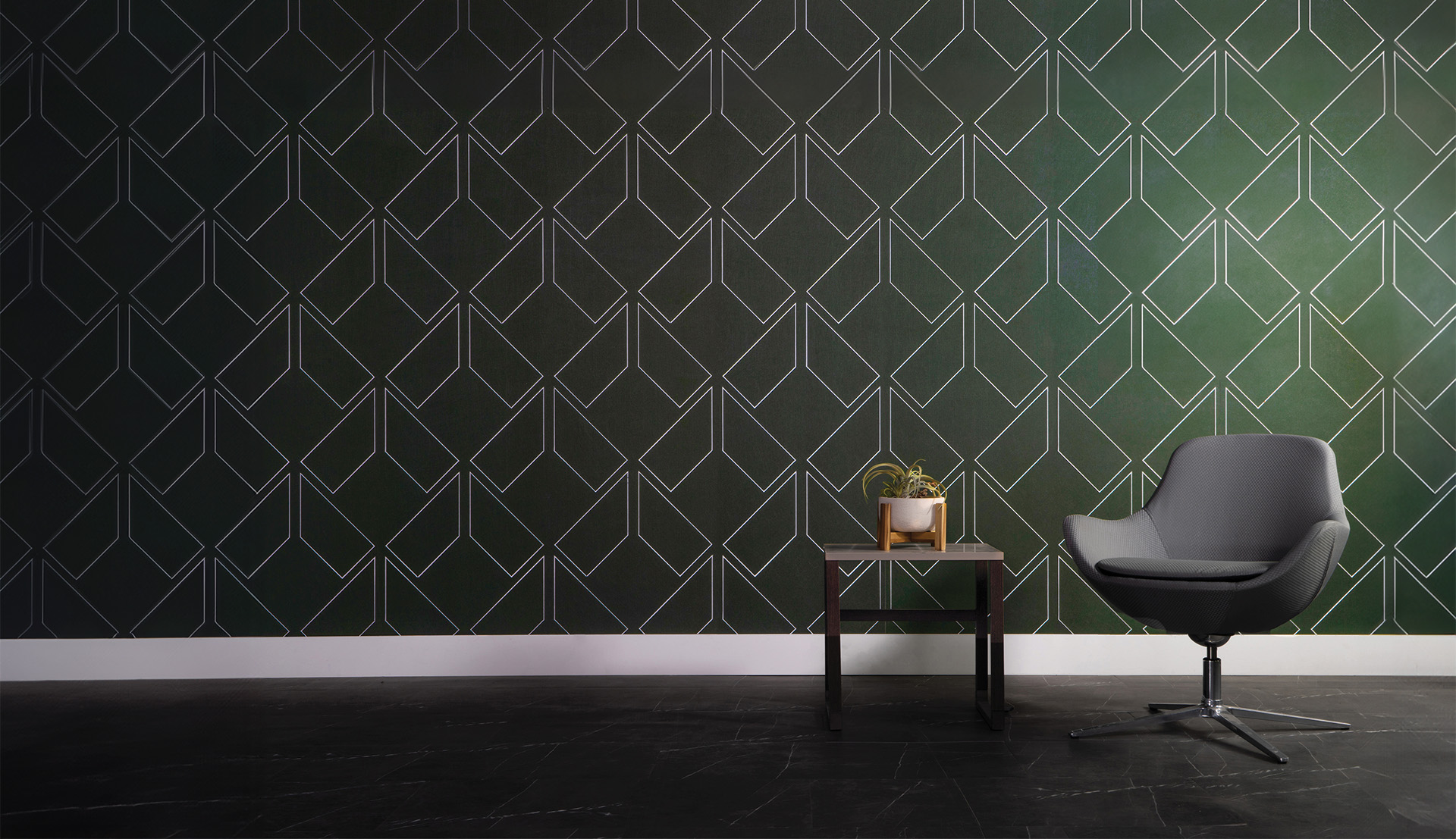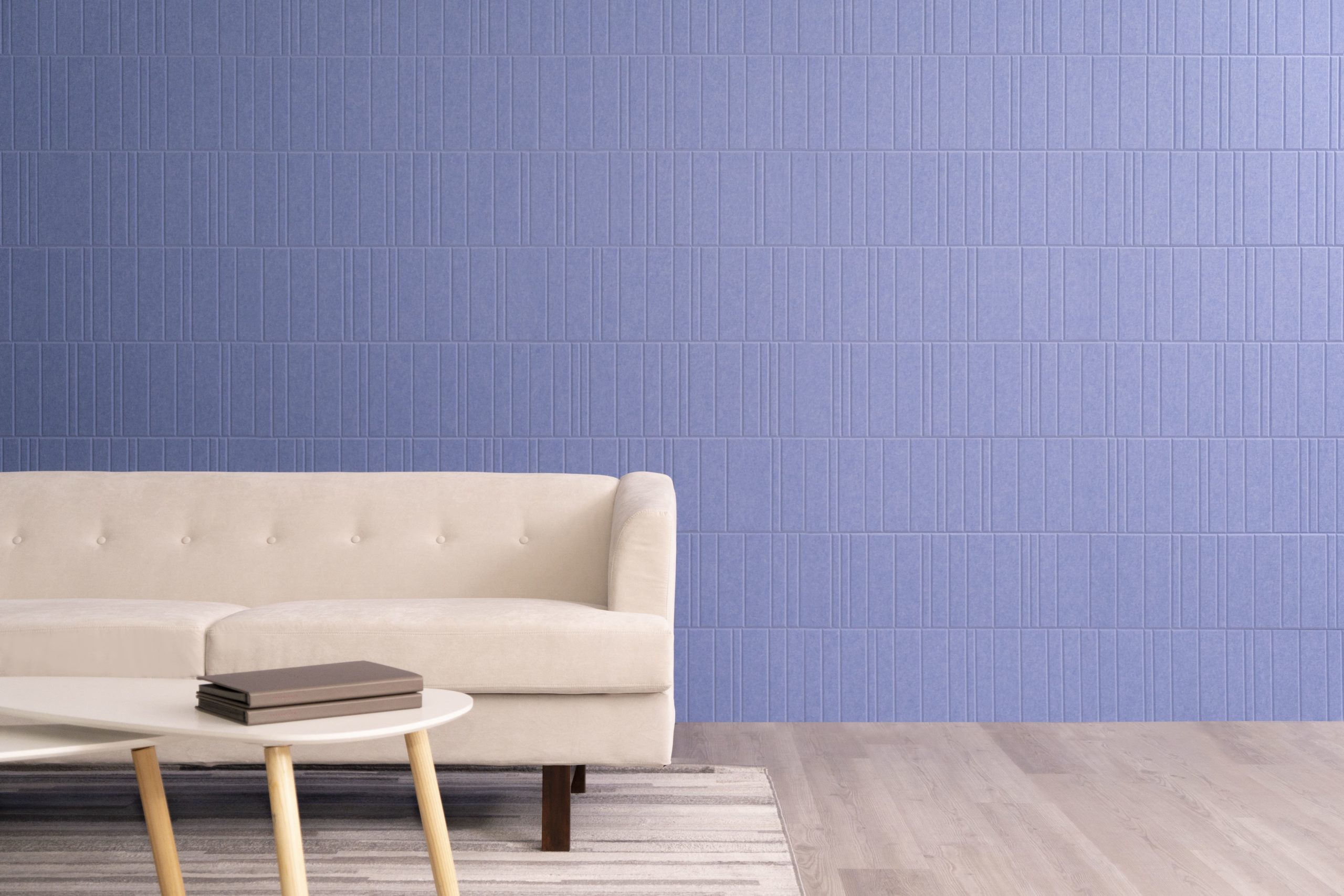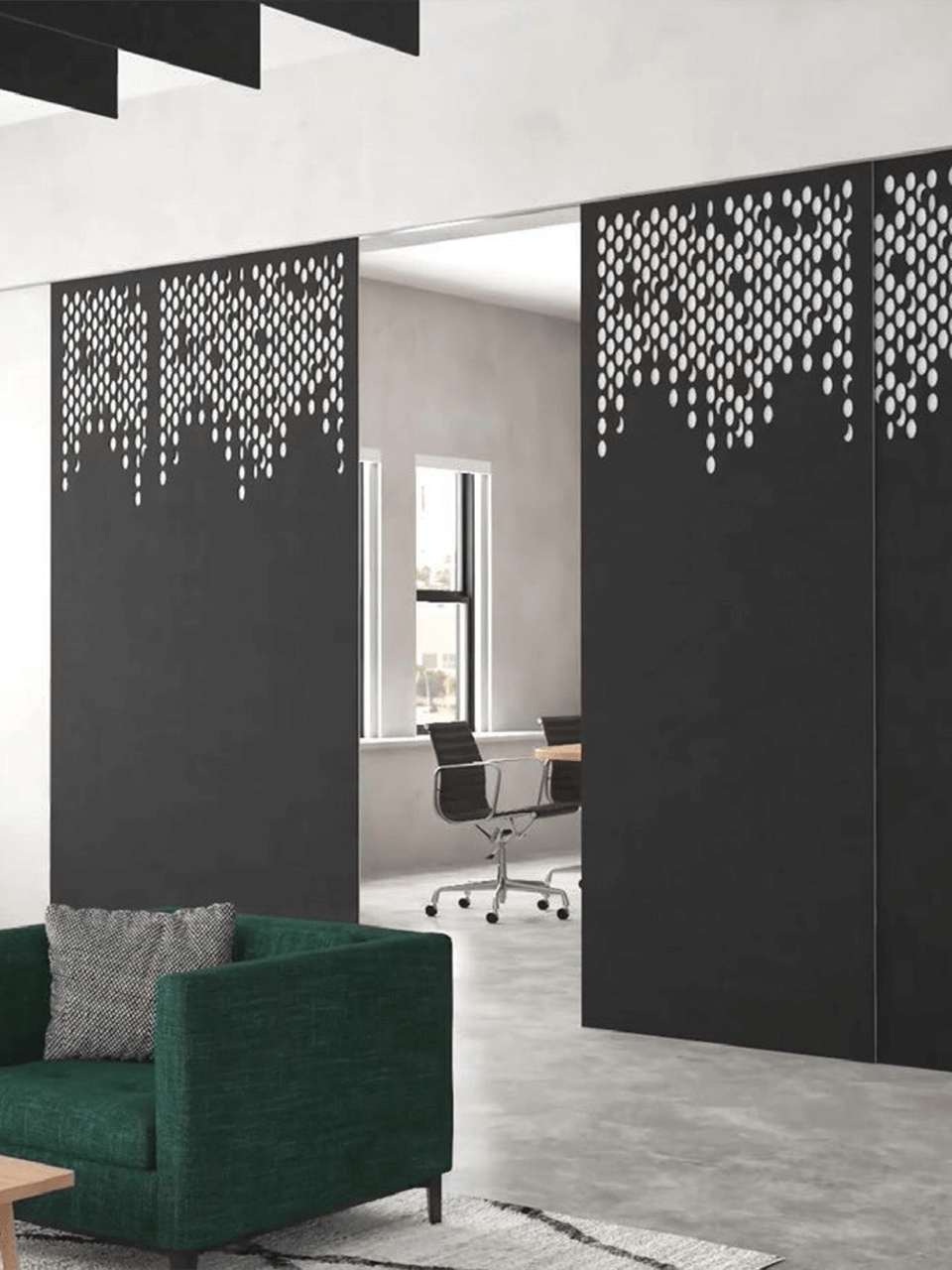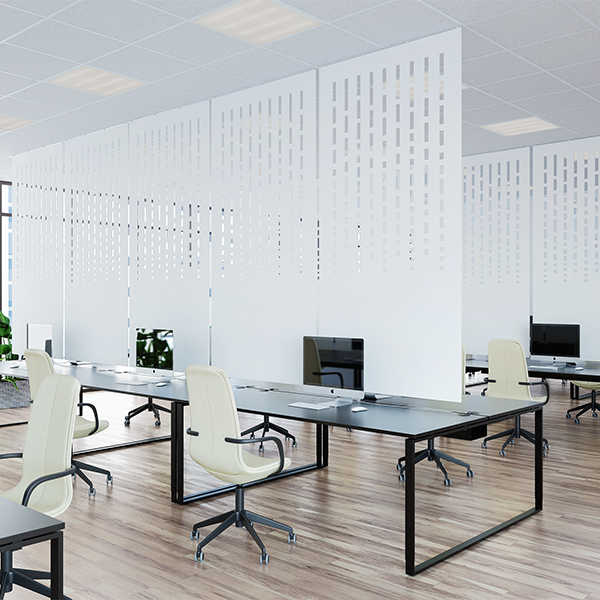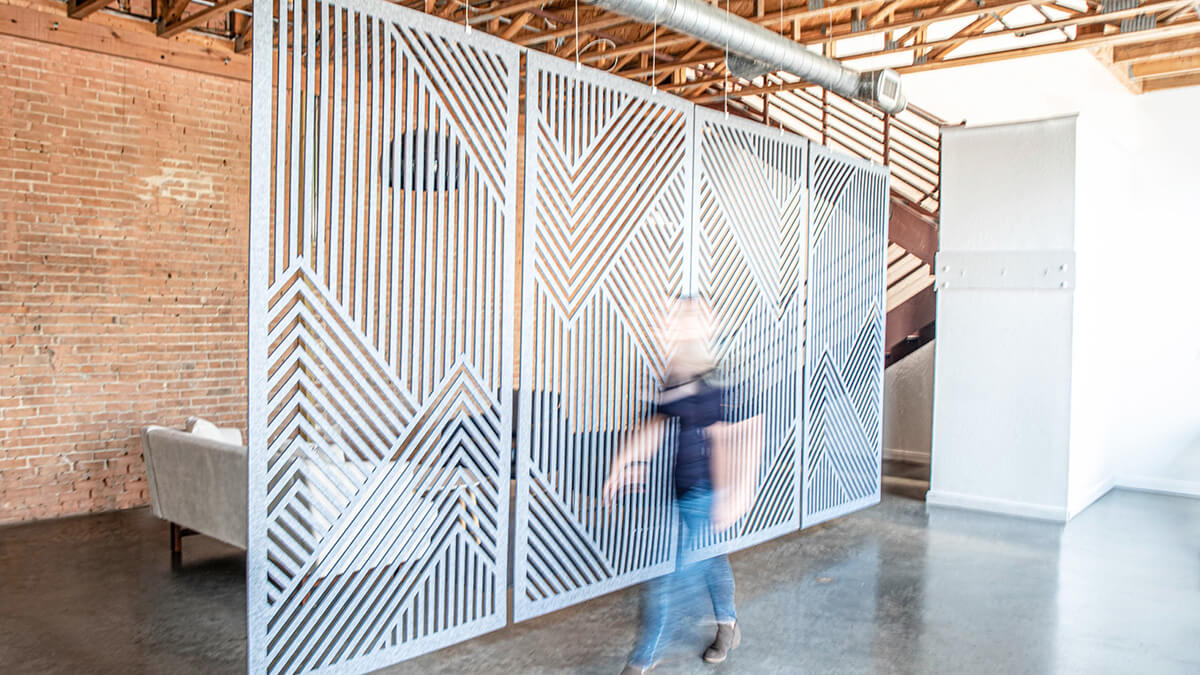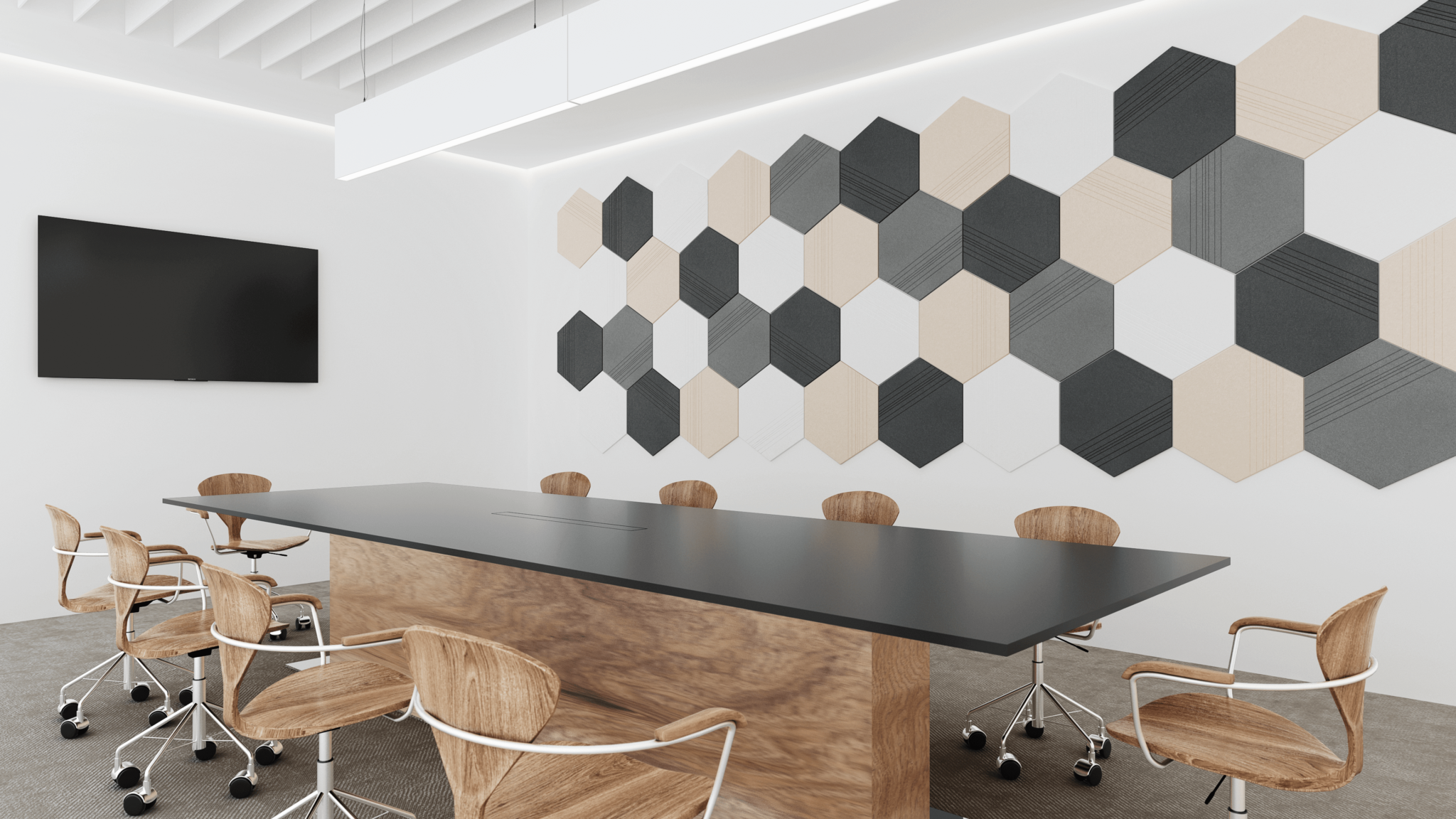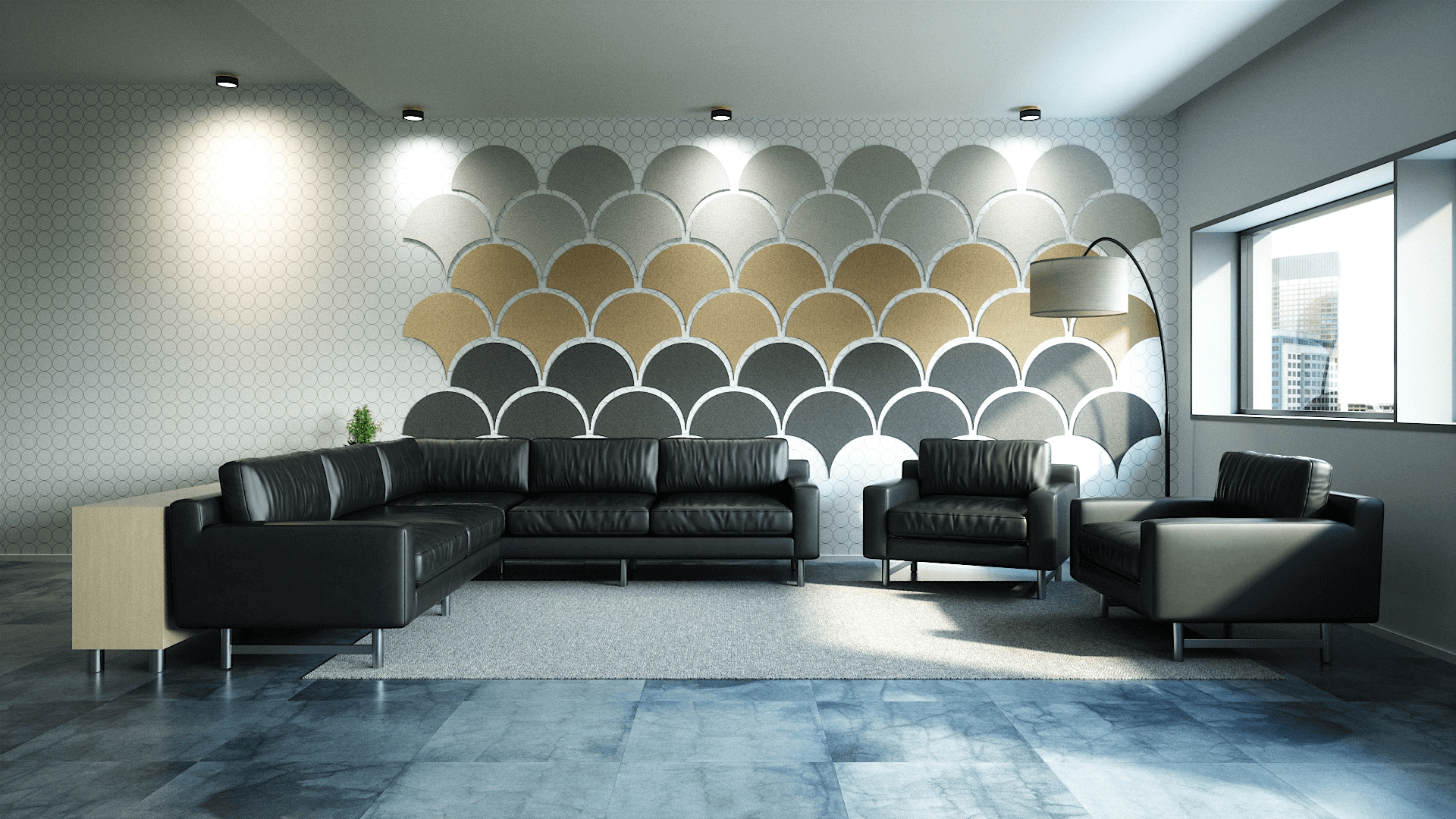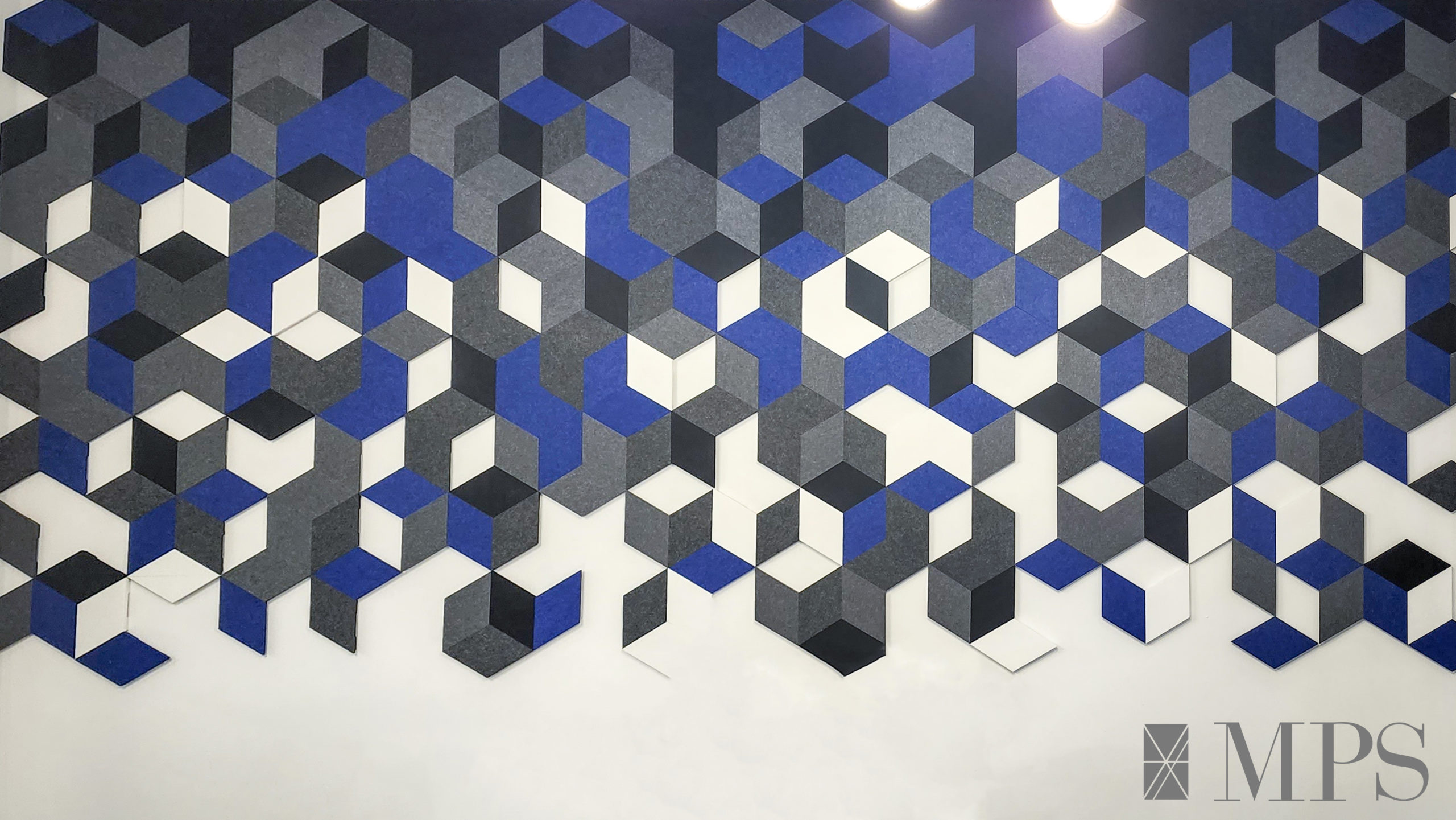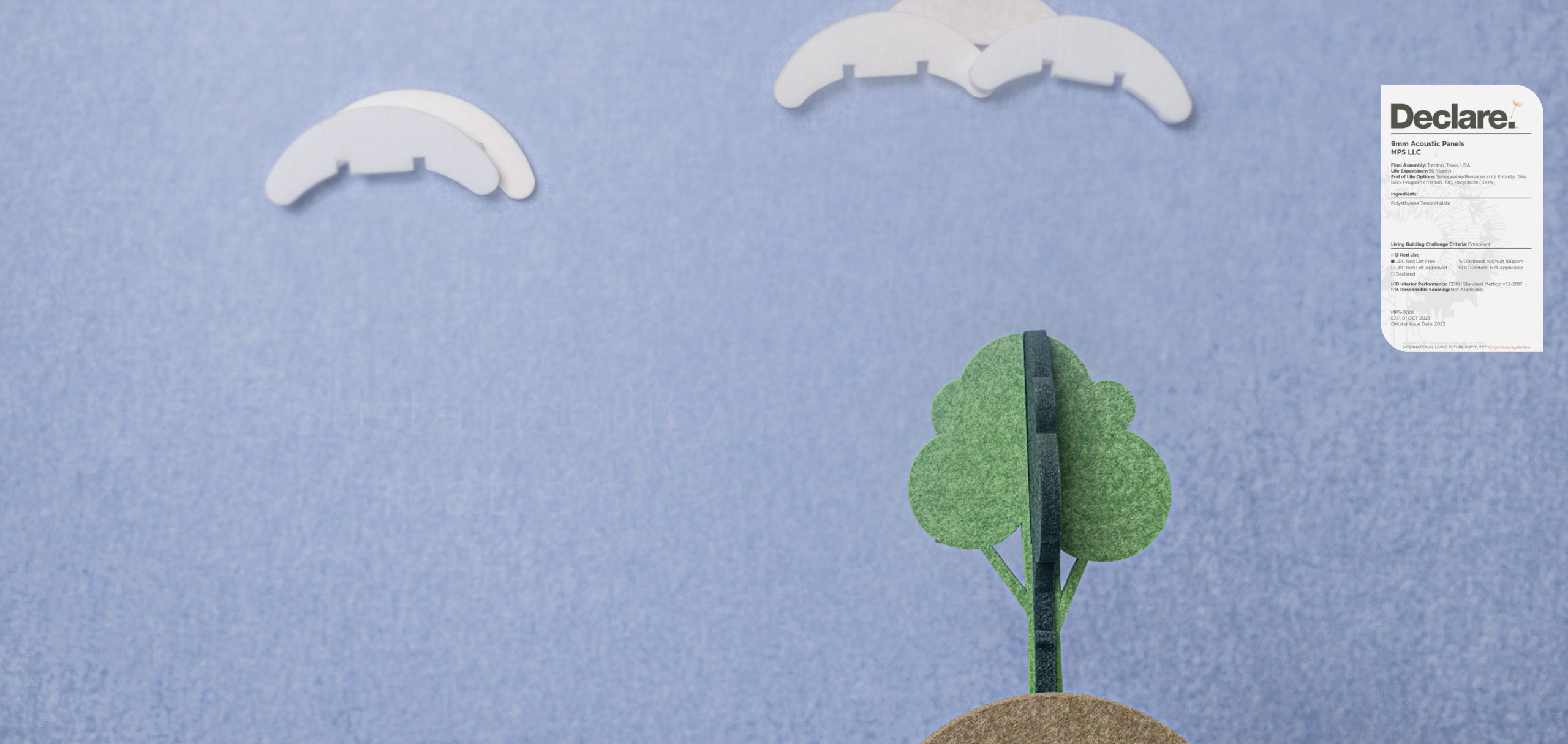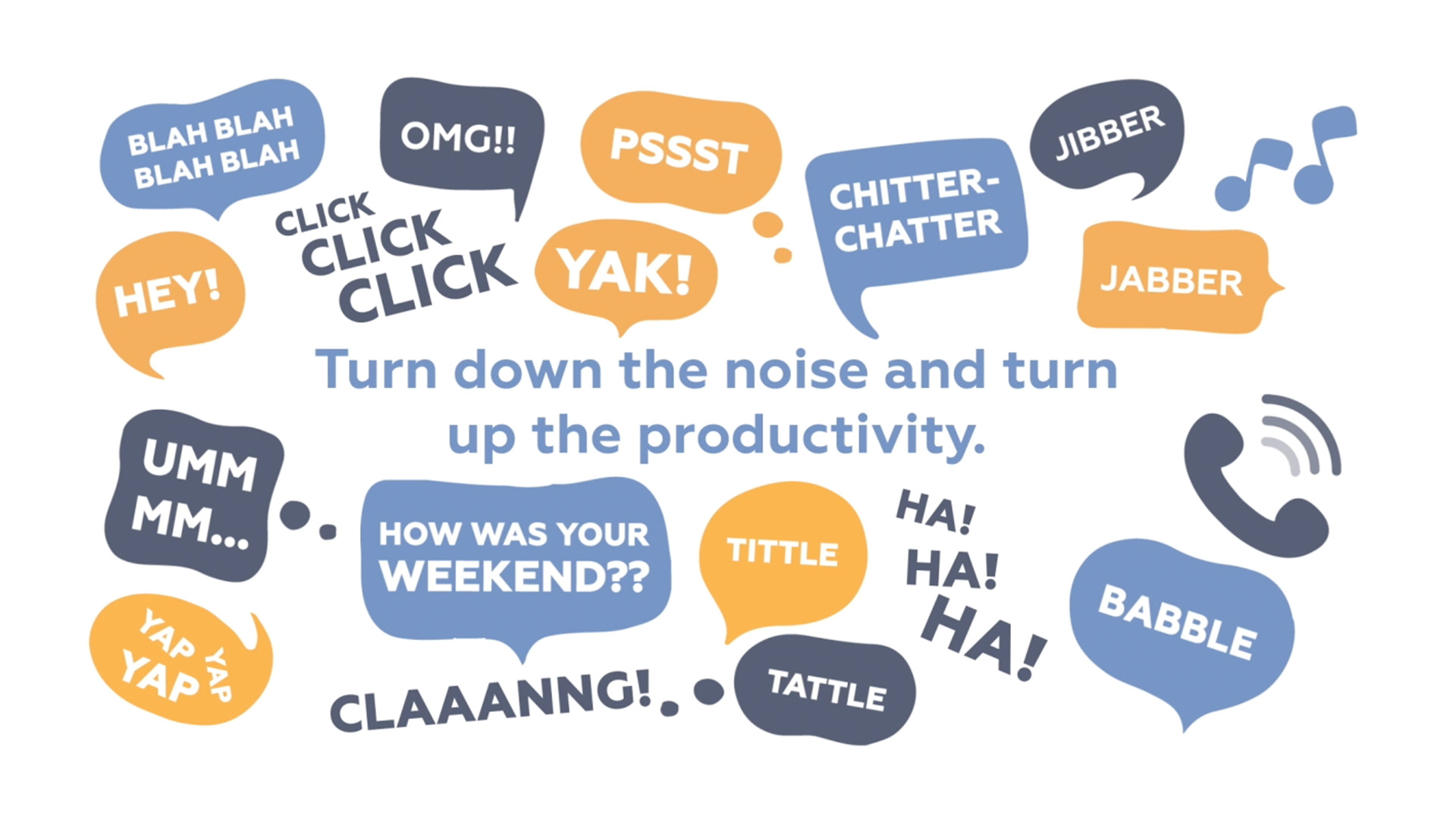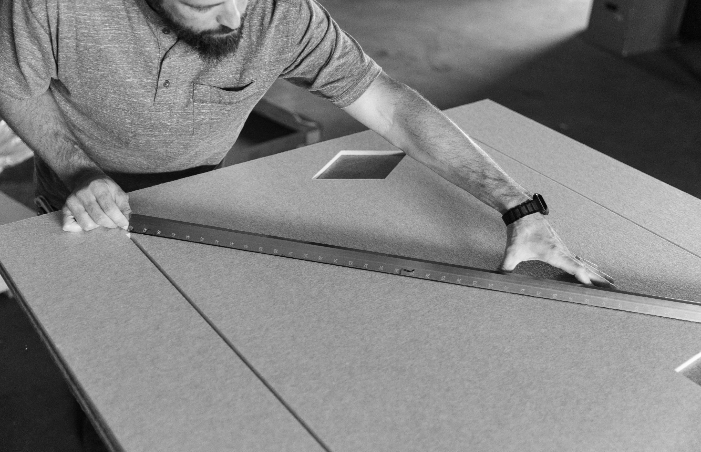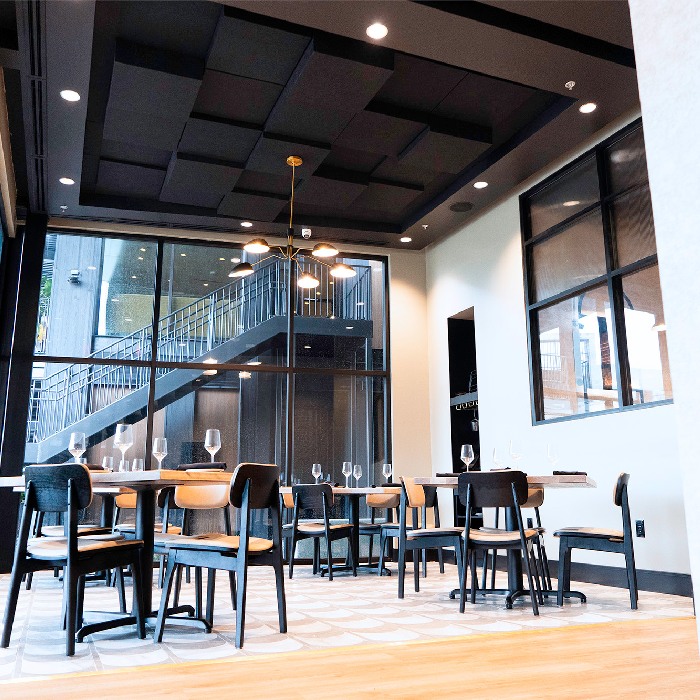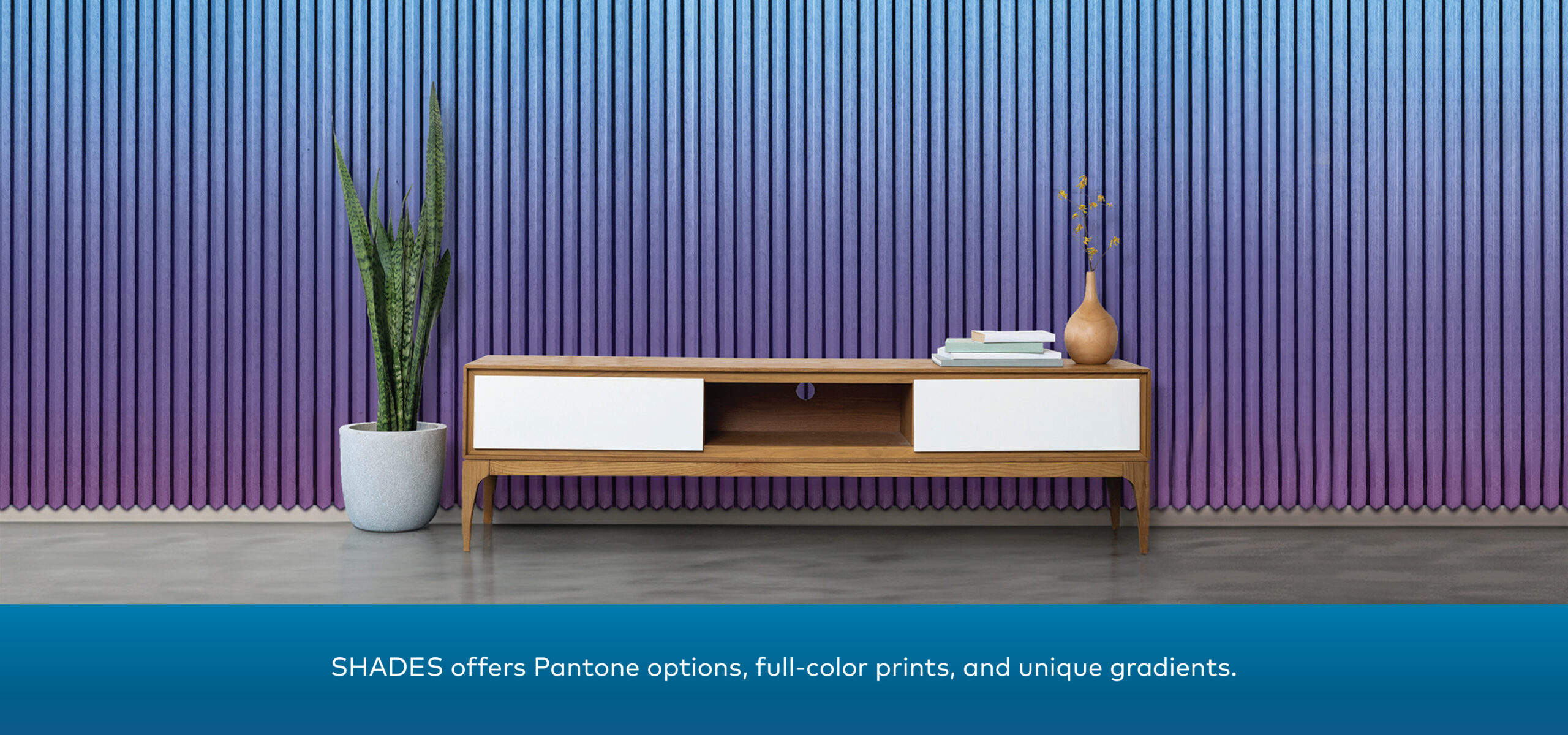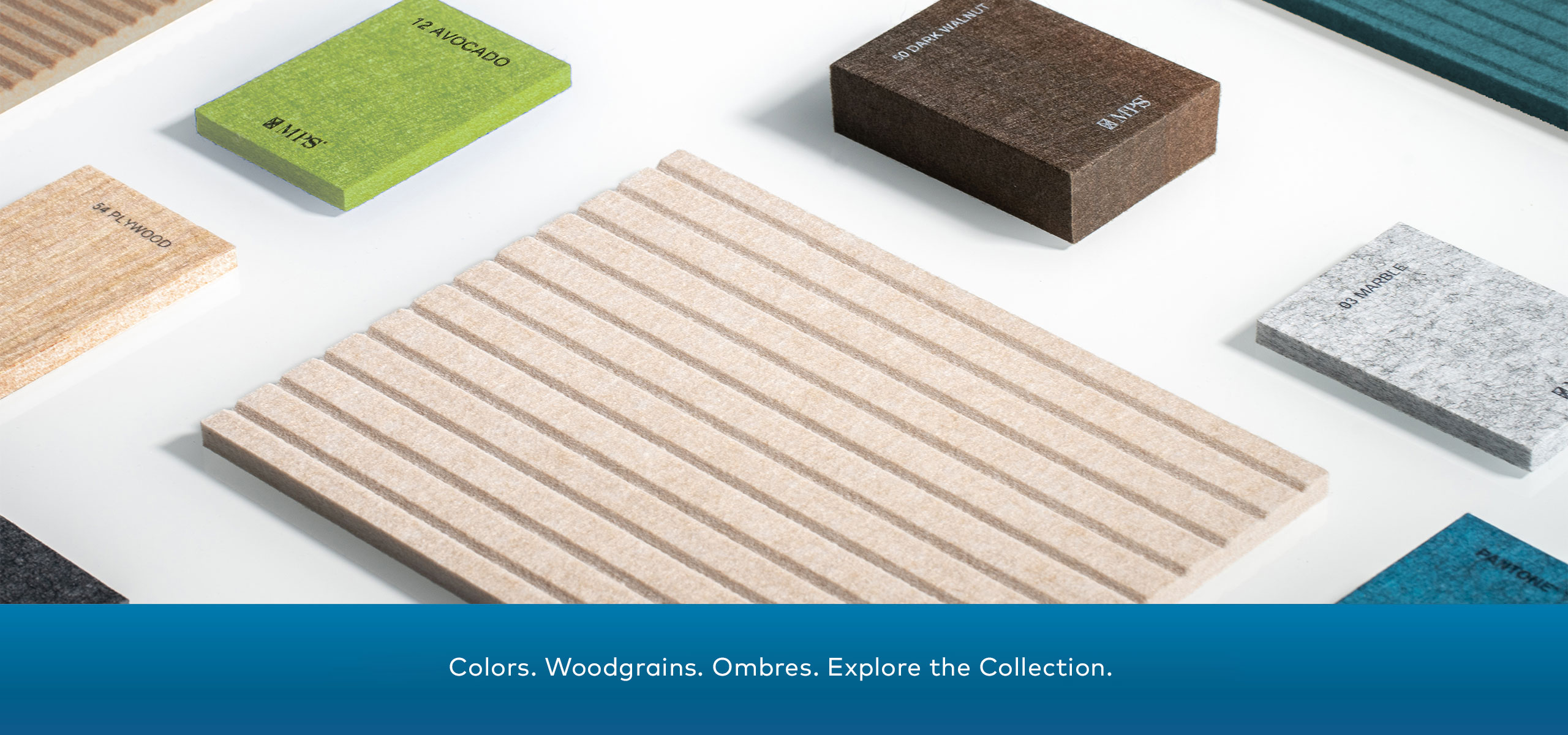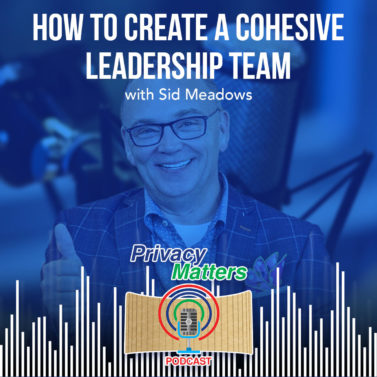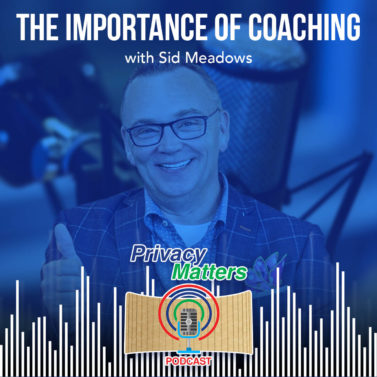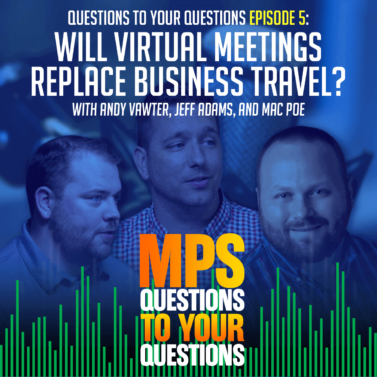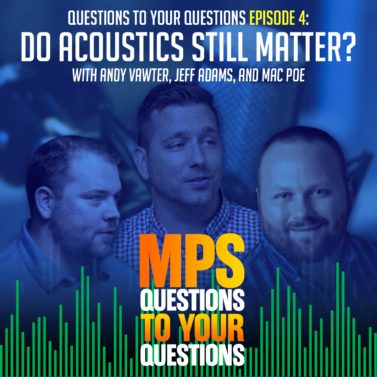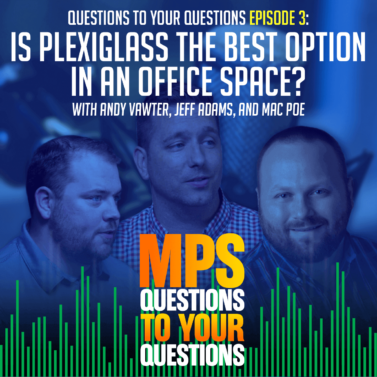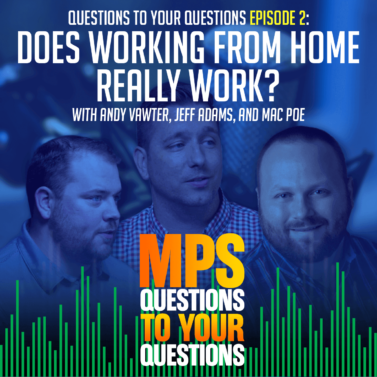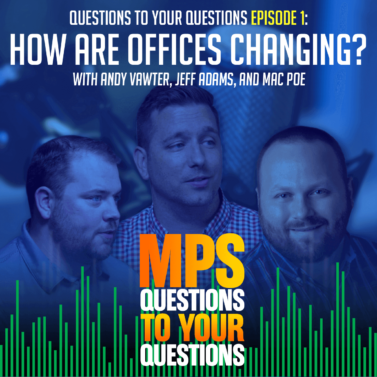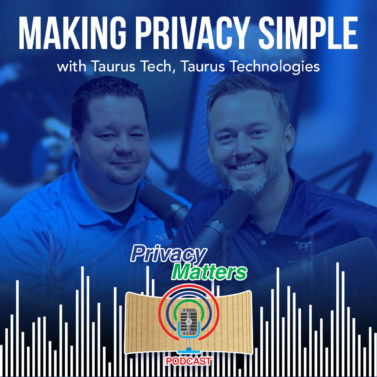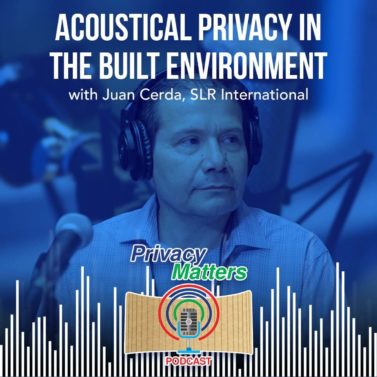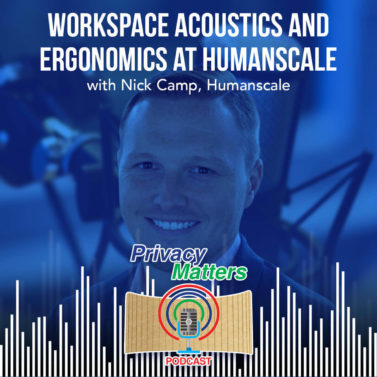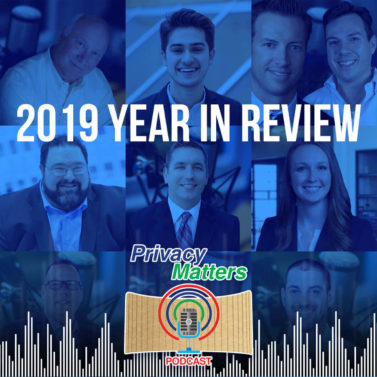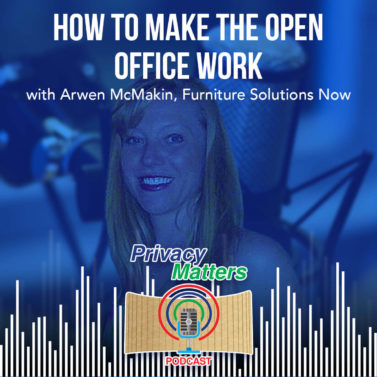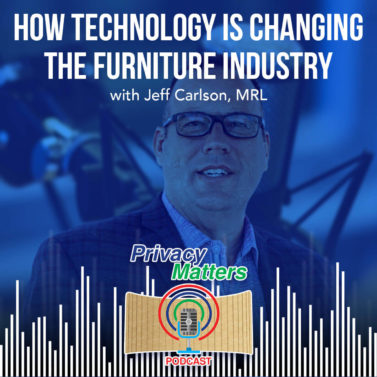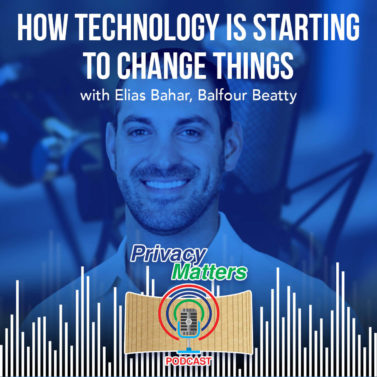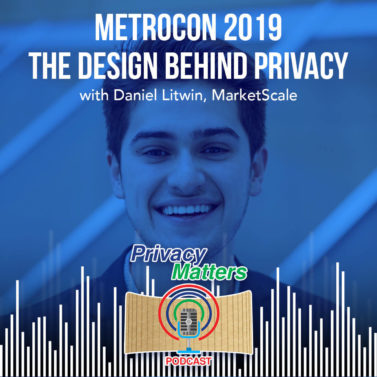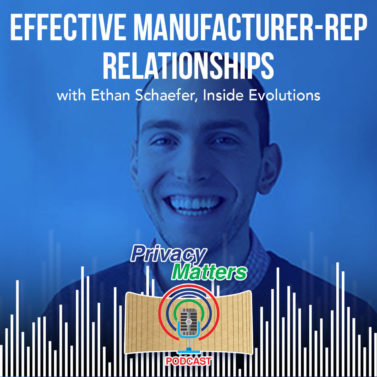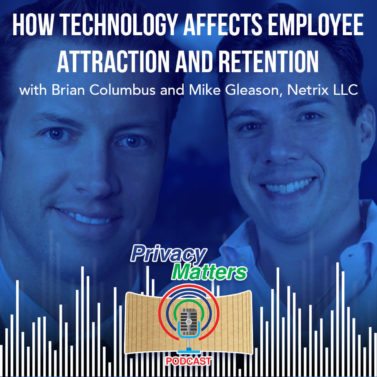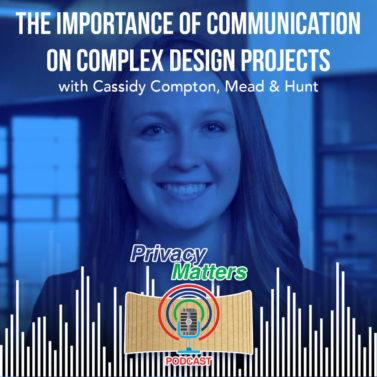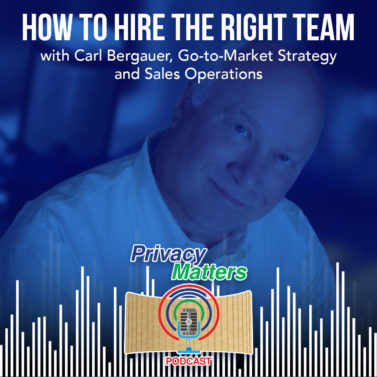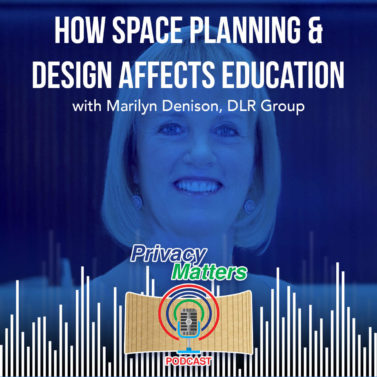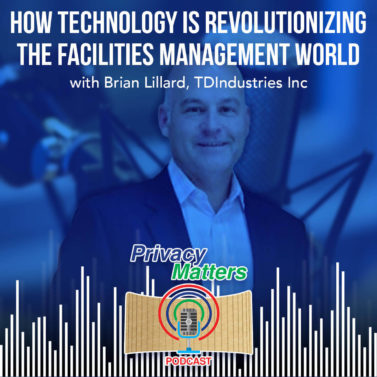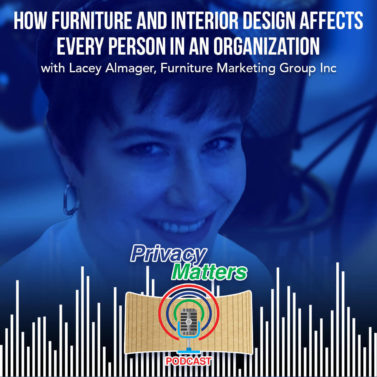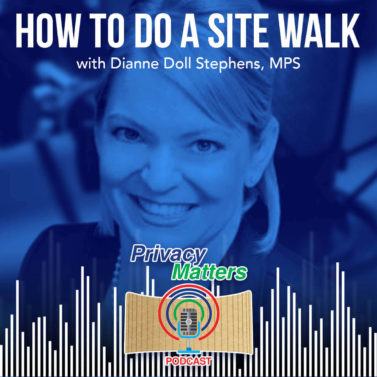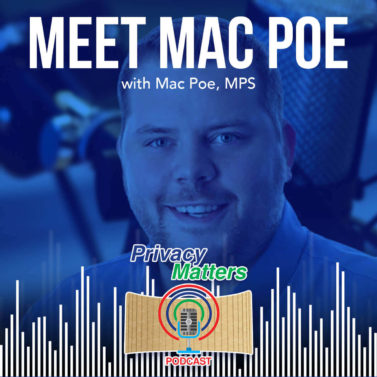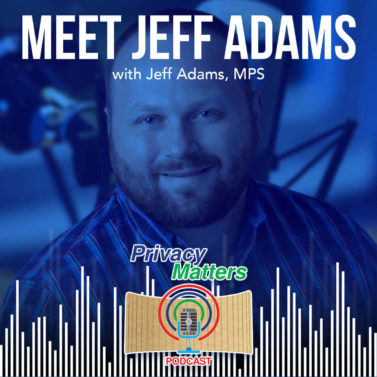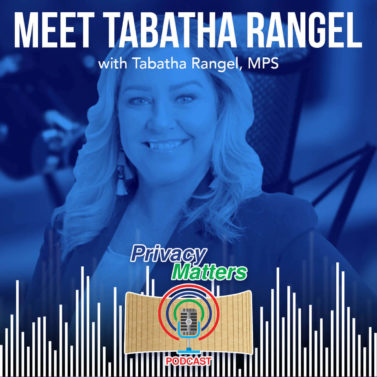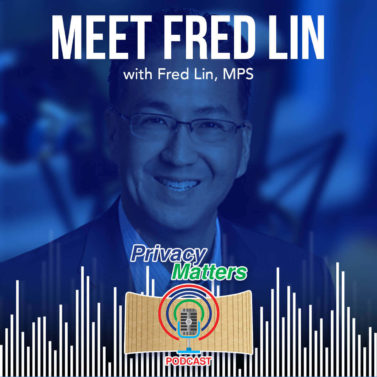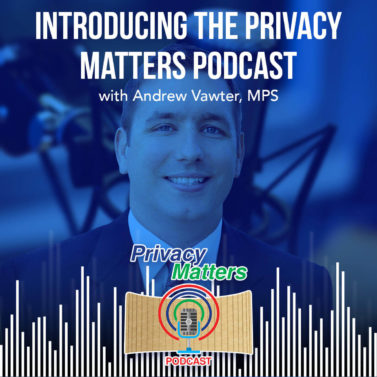Questions to Your Questions Episode 2: Does Working From Home Really Work?
In this second episode of our new podcast miniseries, Andy, Mac, and Jeff discuss the costs and benefits of working from home. In many ways it’s safer – but is it sustainable for most organizations?
Andy Vawter [00:18]:
Next question, I think probably my favorite question that we’ve got here, because we’ve all experienced it – almost everybody in the United States has experienced at this point if you’ve worked at an office and then COVID-19 happened. 95% of the people had to work from home, even if it’s just for two weeks, but a lot of people are still working from home. So the question is, does working from home, work? All three of us work from home. We always have an open work policy here. We did before COVID, where if I needed to work on Wednesdays from home or Friday from home, no problem. We set our employees up to do that. But I think all of us would argue that maybe that’s not the only place we can get work done or maybe not the best place to always get work done. So I just want to hear your thoughts. What do you think?
Jeff Adams [01:08]:
I think our experiences were quite different. We’ve had plenty of opportunities to discuss: Does it work? I’m a little torn. Honestly, the benefits that I’m thinking about are more personal in nature. Getting my job done, I can certainly think of the noise, the distractions, and it sounds so cliche for me to even say that, but my office is right by the breakfast area of our kitchen and so my wife’s over there. We’ve got a hollow door. Between us doing Zoom calls with the kids during school and got the two-year-old knocking on the door, saying “Dada”. By the way, I’m on a call with 15 people from one of our key dealers. Challenge for sure. Challenge. Still, I don’t know. If you asked me, I’m a commute guy. I’ve got a long drive and that’s by choice. So that’s where I am. I don’t know, Mac. What do you think?
Mac Poe [02:09]:
I think it definitely works, but there are also challenges associated with it. Just like anything else, right. Jeff’s point with personal life. There could be challenges to driving here every day. Whether it’s time with family or commute or working on personal health. But, I think the biggest challenge I noticed during those first two, three “atomic bomb” weeks, I’ll call it, when we all thought the sun’s going to get blocked out and we’re going to be trapped in our house, or maybe toilet paper, maybe hoarding and some toilet paper was involved, as well. Yeah, those were the days. Some of the things that popped up to me, especially right off the bat, we’re onboarding and training remotely. Trust me, I love technology. I think we’re probably the most advanced technology-wise than we have been in the last 30 years. But there’s something to be said for being able to collaborate with somebody in person to train them. Onboarding new hires is a big part of that. And not to mention, especially the younger folks in the workforce right now, they learn the most. Especially when they’re early on in a career. Being able to poke their head in the office of that 30-year vet and say, “Hey, I’m dealing with this.” Even if it’s a two-second conversation, that might be two seconds that they didn’t think picking up the phone and making a call would be worth it, but that could just help them advance their career even more.
Jeff Adams [03:26]:
Some of those calls can be awkward. I know. All three of us went through different stages where you call and especially in the early days of quarantine where you don’t even know if you’re ever going to see the sunset again. You call and you don’t even know what to talk about necessarily. It’s just had a different vibe and you just lose. And so it got to where, after a couple of weeks, it didn’t even necessarily make sense to call each other every day.
Andy Vawter [03:53]:
And then also, we started doing a lot more Zoom calls with each other and with teams and I felt like we ramped up our meetings that the teams would have on Zoom. But then we’d miss all those in-between conversations because no one ever had those. So like we have our meeting and here’s what we’re doing and here’s what we’re talking about and then let’s go. We missed those conversations that happen in between all those. So everything was very regimented. It felt very formal. So then, you miss those side conversations. No one wanted to sit there while two people had a conversation about a job where if we did that in person, they could walk down the hallway and do that while we all left. I think we missed a few things there. But I think we would all agree we like working from home. Now you had to work at your kitchen table.
Mac Poe [04:51]:
I didn’t have an office just for me. So I got to, you know, it was good though. I could watch my dog eat food and drink water while I’m on a call. Some more relaxing.
Jeff Adams [05:01]:
It’s good. You trade your commute in for a 30-second walk to the living room and you can hug your kids and take a quick 10-minute break and then get back at it. That part of it was definitely.
Andy Vawter [05:13]:
So the thing that I’ve seen shift is when this all first started, I think the quick conventional wisdom as well. Office space isn’t needed. So I think people are going to go remote. They’re going to go away from this. And now even still dealing with the pandemic and people are still working from home. I think most companies have come to the realization that, while there might need to be some changes or some flexible options, they don’t necessarily want to go fully remote. Some of the more recent surveys have shown that too. Gallup had a survey where they showed that 10% of the people want to work from home full time and only 9% of the people want to work at the office full time which means 80% want to be able to have the option to kind of do both. A couple of days in the office, a couple of days at home. If we were all to vote, that’s probably the best option for us.
Mac Poe [06:09]:
A lot of what I’ve heard too is, one of the biggest questions that I get is, bigger companies, right? So like the Googles, the Facebooks, a lot of them have already said, “Hey, we’re not going to touch the office until summer of next year.” A lot of the people that I talked to, that’s the question they ask themselves. Is this a widespread movement? Or is this maybe just the big companies because of this? I actually read an article recently from the Wall Street Journal that surveyed a company of 1800 employees, a company of 800 employees, and a company of eight employees. So all throughout the spectrum — with a lot of employees, those mid-size companies, and then the smallest company startup of eight people. All three of them talked purely about the benefits of being able to work together and collaborate. And think about the open office in general. One of the biggest benefits of having an open office and being with your teams is being able to collaborate. We all understand that solutions that come from a group usually tend to be a little bit better than just one person.
Jeff Adams [07:06]:
I think that this whole process has pushed every company just a little bit further. So wherever you are in the process, where we would never allow our company or our employees to do that, you get forced into it in so many ways and so they have to open their minds. Then like us, we were a bit more flexible with it and even encouraged people to do it on a somewhat limited basis. I think it opened everybody’s mind up just a little bit more. Though you did have some companies that were already on the verge of extreme. We may see some of them that go into it, but there are a lot of other things to think about. Are you going to give your employees a stipend for their home office? You can’t deal with some of these issues forever, just logistically. One thing I had to do was come back to the office and get my chair after two weeks because my $60 chair that I bought from Target, wasn’t cutting it after a week. So you start thinking about that in the long term and there are ramifications.
Andy Vawter [08:12]:
Absolutely. I don’t have a home office set up. We did that on purpose so that way I couldn’t work from home. I didn’t really want to. My kids are there and it’s a crazy time. When the pandemic happened, I had a quick rush and turned our guest bedroom into a home office. So I went into the garage, found some wood, and made up – it was pretty ingenious – I’m not going to lie, but I made a little ghetto table that fit in there. It was held together by four screws and a piece of tape. But it got me set up to work. But like within a week I was sitting on a wooden chair and I was like this. So this is more than four days. I got my chair, I got a monitor and then we bought a little table that fits in there so I could get a good setup where I could actually do work. It’s just evolution. Could large companies afford to do that for every employee also knowing that there are still other employees that do want to come in?
Jeff Adams [09:17]:
In the messiness, employees move on to other employment. What do you do with this home office?
Mac Poe [09:25]:
Well, there are just these companies, especially larger companies. Their footprint, in general, has 800,000 square feet that I just invested in, that’s tough. That’s a tough pill to swallow if you’re talking about, “Let’s just work from home forever.” The truth of it is, Jeff – and I think you already hit on this a little bit – it’s going to be a balance of both. Whether COVID is here right now, or even in six months, if it’s still here, it’s going to be a balance.
Andy Vawter [09:47]:
That’s the big thing is there’s always a silver lining to some of these crazy things that happen. There’s always something good that comes out of it. Everybody working from home all the time, it’s not the good thing that came out of it. But this willingness of businesses to be a little bit more freeing to their employees and trusting of their employees. “Hey, I didn’t see you for 90 days and you did your job really well. I’m pretty sure I can allow you to work one or two or three days a week from home and trust that you’re going to still do a good job.” I think that is some of the silver linings that came from this.
Jeff Adams [10:23]:
I think it’s interesting too, to think about the transition. Especially the companies that maybe 2021 or beyond, what’s that transition going to look like back to the office? And I personally can see a blending. Precommercial was a big deal on the interior design side. How are we going to take more of those concepts and give the best of both worlds when we go back to the office, because there will be some culture shock to people that are 12- or 18-months out from working from home and now they’re having it. It may feel like you’re starting a brand new job all over again.
Andy Vawter [11:02]:
No doubt. That’s a really good point, But we’ll end it there. That’s a good way to end that.

